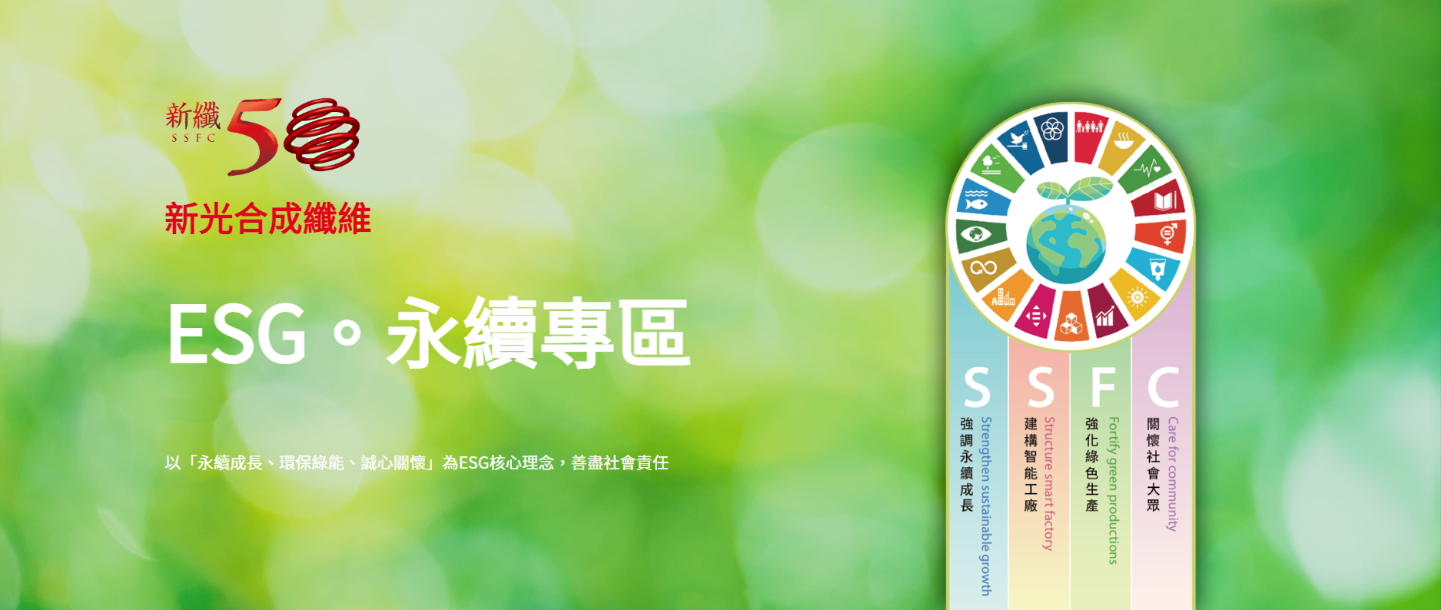- Management team
- Member of the board
- Internal Audit
- Audit Committee
- Sustainability Report
- Functional Committee
- Q&A
- Corporate Governance Implementation
- Corporate Integrity Operations
- ShinKong Synthetic Fiber Initiative Declaration
- Corporate Social Responsibility (CSR) Policy
- Labor Rights Protection Policy
- ShinKong Synthetic Fiber’s Sustainability and Net-Zero SDG Development Policy
- Environmental Protection Policy
- Occupational Safety Policy
- Sustainable Procurement Policy
- Business Ethics Policy
- Grievance Mechanism
Stakeholder
Clarify the company policy of "Anti-Corruption" and "Anti-Bullying"policy at work, recognizes and follows the Enforcement of the Foreign Corrupt Practices Act (FCPA) and laws of R.O.C.. Non-arm's length transactions shall be prohibited. Improper channeling of profits is strictly prohibited.
Stakeholder Grievance line: 0800-588-100 Jackie Weng
Anti-corruption e-mail box: [email protected]

-
ChairpersonTong-Sheng WuExecute all the company's affairs in accordance with the provisions of laws and regulations and the resolutions of the shareholders' meeting and the board of directors, and take overall responsibility for the operation and decision-making of the company and all related companies.
-
Vice ChairpersonTung-Ming WuAssist the chairman in carrying out all the affairs of the company in accordance with the provisions of laws and regulations and the resolutions of the shareholders' meeting and the board of directors.
-
General managerChin-Ta Ou
- Resolution of the board of directors, operation and management of the company.
- The company's business philosophy, reform and goals.
- Supervise the formulation and implementation of the quality system to achieve the quality policy and objectives.
- The planning and promotion of management policies, systems, and projects, as well as spot checks on actual implementation results.
- The company’s Internal Auditing Office is an independent unit established under the Board of Directors. Besides reporting the audit operations to Chairman and Audit Committee on a regular basis, the chief internal auditor shall also attend and deliver a report in the Board of Directors meeting.
- The internal auditor should evaluate the company's internal control systems and report on whether these controls are designed and executed adequately, effectively and efficiently. The audit scopes include all the operations of the company and its subsidiaries.
- The main work of the internal audits is performed according to an annual plan which is formulated based on the risk assessment and approved by the Board of Directors. Project audits or special reviews are conducted as needed. By reviewing the execution of the regular audits and the project audits, the management team can understand the functioning of the internal control system and the existing or potential weaknesses in the system.
- Internal Auditing Office reviews the results of internal control self-assessment performed by each department and subsidiary to ensure the quality of the executions. In addition, Internal Auditing Office consolidates the assessment results for the Board of Directors to evaluate the overall efficiency on the existing internal control systems before issuing the Internal Control System Statement.
- In accordance with the “Corporate Governance Principles of Far Eastern New Century Corporation”, appointment, dismissal, evaluation and review, salary and compensation of internal auditors of the Company shall be submitted by the chief auditor to the Board chairperson for approval.
-
Conduct "Ethical Management", "Anti-Corruption" and "Anti-Bullying" advocacy activities.
Audit Committee,Salary and Remuneration Committee
Hsien Der Chiu/ Chairperson of Xin Hong Construction Co., Ltd.- Experience:
- practicing lawyer
Yung-Ching Tsai/Consultant of Shin Kong Chao Feng Co., Ltd.
Director of U-P Human Resources Consulting Co., Ltd.
Vice-President of Chia Pang Investment Co., Ltd.
- Experience:
- Manager of Finance Department of Shin Kong Life Insurance Co., Ltd.
- Assistant Vice President of General Affairs Department of Shin Kong Life Insurance Co., Ltd.
- Director of Digilife Technologies Co., Ltd.
- Independent director of Advanced Green Biotechnology Inc.
Huei-Huang Lin/Full-time visiting professor
- Experience:
- Political Deputy Minister of the Ministry of Justice
- Chief prosecutor of supreme prosecutor’s office
- Dean of the Academy for the Judiciary of the Ministry of Justice
- Director of Division of Protection, Ministry of Justice
- Prosecutor General of the Prosecutor’s office of Hualien District Court, Taiwan
- Prosecutor General of the Prosecutor’s office of Penghu District Court, Taiwan
- Full-time visiting professor of Law School, Shih Hsin University
- Adjunct Professor, National Taipei University Department of Law
1、The company has established an Audit (and Risk Management) Committee, a Compensation Committee, and a Sustainability Development Promotion Committee. Each committee, including these functional committees, is composed of three independent directors of the company. They oversee various policies and initiatives, such as sustainability development and risk management. Sub-task groups are set up under these committees to periodically report the implementation of sustainability policies, risk assessment outcomes, and corresponding measures to both the functional committees and the Board of Directors.
- The committee reviews financial reports, evaluates the effectiveness of the internal control system, examines auditor fees, revises procedures for asset acquisition or disposal, guarantees endorsements, and revises operations for lending funds to others. It also reviews annual profit distribution plans, asset acquisition or disposal proposals, among others. All cases are discussed and approved by the committee members without dissent.
Additionally, the committee supervises the company's risk management policies. In accordance with the company's "Risk Management Policies and Procedures," it compiles risk identification, analysis, and assessment results for reporting to the committee and the Board of Directors. These reports are reviewed and approved unanimously.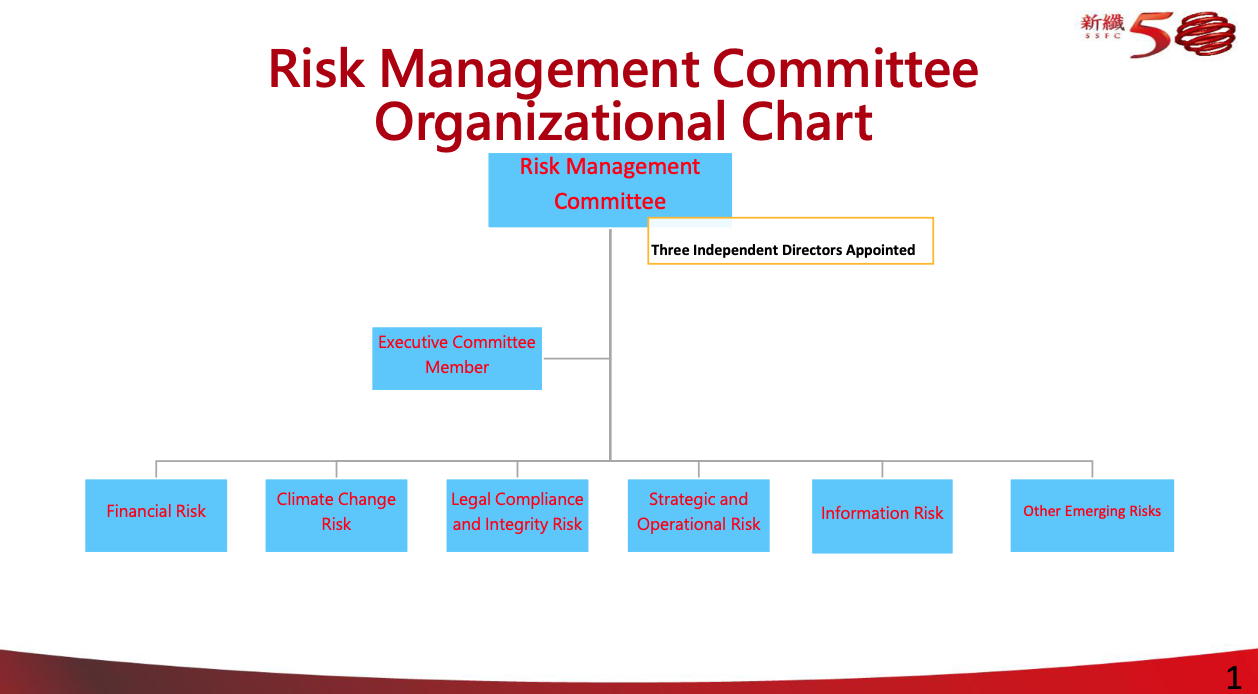
- The committee reviews employee and director compensation distribution, the issuance of year-end performance bonuses, the reasonableness of salary adjustment plans, and revisions to bonus systems and related policies. After proposals are presented by the respective departments to the committee, all items are discussed and approved unanimously by the members.
- Review of the Company's Sustainability Policies and Implementation. The Sustainability Development Promotion Committee reviewed the company’s sustainability development policies, annual plans, strategies, implementation status, and outcomes. Additionally, it supervised the disclosure of sustainability information, evaluated the sustainability report, and oversaw the planning and execution of the company’s sustainability development initiatives. The proposing units presented updates on the company’s sustainability policies, implementation progress, sustainability information disclosure, and the sustainability report. High-level executive performance was integrated into the company’s ESG indicators, which include promoting integrity in business practices, operational efficiency, carbon reduction and net-zero strategies, renewable energy usage, and fostering diversity and inclusion.
Following the review and discussions by all committee members and the Board of Directors, all proposals were unanimously approved without objections.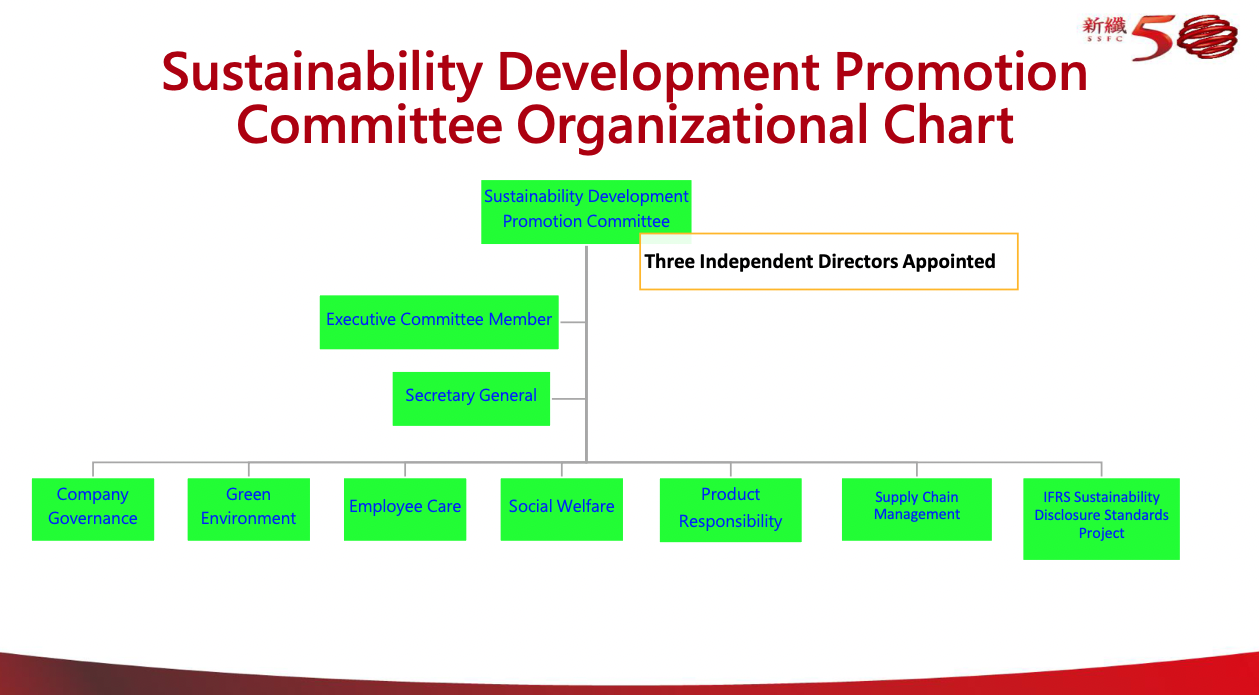
On which exchange is Shin Kong Synthetic Fiber stock listed? What is the stock code?
Shin Kong Synthetic Fiber Co., Ltd. was listed on the Taiwan Stock Exchange on August 21, 1973. The stock code on the Taiwan Stock Exchange is 1409
What is Shin Kong Synthetic Fiber Co., Ltd.'s fiscal year?
The fiscal year adopts the calendar year system, that is, from January 1st to December 31st of each year.
How to obtain Shin Kong Synthetic Fiber Co., Ltd.'s annual report?
Please download the company's annual report from the investor relations option on the company's website or download it from the Taiwan Stock Exchange Public Information Observatory.
How to obtain Shin Kong Synthetic Fiber Co., Ltd.'s past financial data?
The company will publish the financial statements of past accountant visas on our website under the Investor Relations: Quarterly Financial Report option, and investors can click to download the required financial data.
Shin Kong Synthetic Fiber Co., Ltd.'s dividend policy?
If there is a surplus in the company's annual final accounts, after paying all taxes and making up for the accumulated losses of previous years, 10% should be set aside as the statutory surplus reserve. However, when the statutory reserve has reached the paid-in capital, it can be exempted from continuing to withdraw If there is any surplus, no less than 1% of employee bonuses and no more than 5% of directors' remuneration shall be appropriated, and the rest shall be added to the retained earnings at the beginning of the period As the preferred distribution of cash dividends for special shares, and secondary dividends for ordinary shareholders, the amount shall be determined by the shareholders' meeting. The company's business environment is still growing, and it will grasp the economic environment for sustainable operation and long-term development. When the board of directors formulates a profit distribution proposal, it will focus on the stability and growth of dividends. Considering the current year's financial situation, it can be distributed in the form of cash dividends or (and) stock dividends. The amount of cash dividends for ordinary shareholders shall not be lower than that of ordinary shareholders Twenty percent of the total shareholder dividends.
When a regular meeting of shareholders is held, can shareholders of the company exercise their voting rights in writing or electronically?
Shareholders may exercise their voting rights in writing or electronically at the general meeting of shareholders. During the period of electronic exercise, please log in to the Taiwan Central Depository Clearing House Co., Ltd. [Shareholder e-ticket] website and vote according to the relevant instructions. [Website www.stockvote.com.tw ].
What is the contact window for the stock affairs of Shin Kong Synthetic Fiber Co., Ltd.?
You can contact the Stock Affairs Agency Department of Shin Kong Securities Co., Ltd. by phone.
Address: 11th Floor, No. 66-1, Section 1, Chongqing South Road, Taipei City
Website: www.skis.com.tw
Tel: (02)2311-8787
Address: 11th Floor, No. 66-1, Section 1, Chongqing South Road, Taipei City
Website: www.skis.com.tw
Tel: (02)2311-8787
Members of the board
There are 12 directors (including 3 independent directors) in the 18th session of Shin Kong Synthetic Fiber Co., Ltd., and the term of office is three years from May 28, 2020. The members of the board of directors are as follows:
| Title | Name | Major Education | Key Concurrent Positions | Expertise and Responsibilities |
|---|---|---|---|---|
| Chairperson | Shin Kong Construction and Development Co., Ltd Representative: Tong-Sheng Wu |
Ph.D of Law, Harvard University | UBright Optronics Corporation - Chairperson; Shinkong Materials Technology Co., Ltd. - Chairperson; TacBright Optronics Corporation - Director; Shinkong Insurance Co. Ltd. - Director; Shinkong Mitsukoshi Department Store Co., Ltd. - Chairperson; Shinkong Co., Ltd. - Director; Shinkong International Leasing Corp. - Chairperson; Shinkong Technologies Corporation - Chairperson; Shin Kong Recreation Co., Ltd. - Chairperson; Shin Kong Construction and Development Co., Ltd.- Director; Wang Tien Woolen Textile Co. Ltd. - Director; Shin Kong Chao Feng Co., Ltd. - Director; Shinkong Asset Management Co., Ltd. - Director. | Management and Leadership Experience |
| Vice Chairperson | Shin Kong Construction and Development Co., Ltd Representative: Tung-Ming Wu |
Master of Accounting, Western Illinois State University | Fuhbic International Corp. - Chairperson; WeMo Corp.- Chairperson; Shinkong Co., Ltd. - Director; Shin Kong Recreation Co., Ltd. - Supervisor; Thai Shinkong Industry Corporation Ltd. - Director; Wang Tien Woolen Textile Co., Ltd. - Director; Shin Kong Chao Feng Co., Ltd. - Supervisor, San Fu Chemical Co Ltd. - Independent Director, Tai Roun Products Co., Ltd. - Independent Director. | Business Operations |
| Director | Shin Kong Co., Ltd. Representative: Steve Hong |
Department of Information, University of Minnesota | Han Ling Construction Co., Ltd. - Chairperson; Han Shan Construction Co., Ltd. - Chairperson; Jiubing Industrial Co., Ltd. - Chairperson. | Financial and Investment Management |
| Director | Chin Shan Investment Co. Ltd. Representative: Hsing- En Wu |
Master of Department of Applied Physics and Materials Science, California State University, Los Angeles | Shinkong Textile Co., Ltd. - Chairperson; Shinkong Asset Management Co., Ltd. - Chairperson. | Corporate Management and Risk Control |
| Director | Shin Kong Wu Ho-Su Cultural & Educational Foundation Representative: Jung-Chi, Liu |
Department of Administration, National Chung Hsing University | Shin Kong Wu Ho-Su Memorial Hospital - Consultant. | Industry-Specific Management |
| Director | Tay Way Enterprise Co., Ltd. Representative: Huoo-Tzau Shih |
Department of International Trade, Feng Chia University | TacBright Optronics Corporation - Chairperson; UBright Optronics Corporation - Director. | Financial Accounting Management |
| Director | Tay Way Enterprise Co., Ltd. Representative: Ching-Chun Chiu |
Master, International Management, St. Thomas University, USA | The World Hakka Federation - Chairman; Taiwan Land Development Corporation - Independent Director; Hsinchu Gas Co., Ltd. - Director; Taiwan Flower Biotechnology Co., Ltd. - Supervisor | Industry-Specific Business and Operations |
| Director | Mian Hao Industry Co., Ltd. Representative: Sun-Mo Ni |
Representative: Sun-Mo Ni | Shin Kong Wu Ho-Su Memorial Hospital - Consultant. | Administrative Planning |
| Director | Shin Kong Construction and Development Co., Ltd Representative: Hsiu-Mei, Wang Chen |
Ph.D of University of Science and Technology Graduate Institute of Management | Industry-Specific Production Management | |
| Independent director | Hsien-Der Chiu | Department of Law, National Taiwan University | Xin Hong Construction Co., Ltd. - Chairperson | Compliance and Risk Control |
| Independent director | Huei-Huang Lin | Juris Doctor, Duke University, USA | Full-time visiting professor of Law School, Shih Hsin University, Adjunct Professor at National Taipei University Department of Law | Compliance and Risk Control |
| Independent director | Yung-Ching Tsai | Department of Insurance and Financial Management, Takming University of Science and Technology | Consultant of Shin Kong Chao Feng Co., Ltd. - Consultant; U- Human Resources Consulting Co., Ltd. - Director; Chia Pang Investment Co., Ltd. - Vice President | Human Resources and Investment Management |
Board Diversity Policy
In the “Code of Corporate Governance”, the Company clearly stipulates that for the composition of the board of directors, diversity should be considered with no restriction on the gender, race and nationality. In addition to having the knowledge, skills and literacy necessary for performing their duties, in order to achieve the goal of corporate governance, the overall capabilities of the board of directors shall include diversified professional backgrounds with: 1. operational judgment ability; 2. accounting and financial analysis ability; 3. operation and management ability; 4. crisis management ability; 5. industrial knowledge; 6. international market outlook; 7. leadership; 8. decision-making ability
The current board of directors consists of 12 members, including 3 independent directors and 1 female director (accounting for 25% and 8.3% of all directors respectively). There are no circumstances specified in paragraphs 3 and 4 of Article 26-3 of the Securities and Exchange Act. In addition, the diversification policy on the current board of directors and implementation status are as follows:
The current board of directors consists of 12 members, including 3 independent directors and 1 female director (accounting for 25% and 8.3% of all directors respectively). There are no circumstances specified in paragraphs 3 and 4 of Article 26-3 of the Securities and Exchange Act. In addition, the diversification policy on the current board of directors and implementation status are as follows:
Execution of Board Diversity
| Names of Diversified Core Directors | Basic composition | Industry Experience | Professional Competence | |||||||||||
|---|---|---|---|---|---|---|---|---|---|---|---|---|---|---|
| Nationality | Gender | Term of office and seniority as an independent director | Manufacturing | Finance | Purchase and marketing | Banks,insurance and real estate | Business management | Information and technology | Law | Finance and accounting | Risk management | |||
| Less than 3 years | 3 ~ 6 years | 6 ~ 9 years | ||||||||||||
| Chairperson Tong-Sheng Wu | The Republic of China | Male | V | V | V | V | V | V | V | V | ||||
| Vice Chairperson Tung-Ming Wu | The Republic of China | Male | V | V | V | V | V | V | V | V | ||||
| Director Hsiu-Mei, Wang Chen | The Republic of China | Female | V | V | V | V | V | V | ||||||
| Director Steve Hong | The Republic of China | Male | V | V | V | V | V | V | ||||||
| Director Ching-Chun Chiu | The Republic of China | Male | V | V | V | |||||||||
| Director Hsing-En Wu | The Republic of China | Male | V | V | V | V | V | |||||||
| Director Huoo-Tzau Shih | The Republic of China | Male | V | V | V | V | V | |||||||
| Director Jung-Chi Liu | The Republic of China | Male | V | V | V | V | V | |||||||
| Director Sun-Mo Ni | The Republic of China | Male | V | V | V | V | V | |||||||
| Independent Director Hsien-Der Chiu | The Republic of China | Male | V | V | V | V | V | |||||||
| Independent Director Huei-Huang Lin | The Republic of China | Male | V | V | V | V | ||||||||
| Independent Director Yung-Ching Tsai | The Republic of China | Male | V | V | V | V | V | V | ||||||
Matters in charge of corporate governance
Board Performance Evaluation Matters
The company's board of directors passed the performance evaluation method of the board of directors in 2019 of Taiwan, specifying that the evaluation cycle is once a year, the evaluation period is from January 1 to December 31, and the evaluation scope (including the performance evaluation of the board of directors, individual director members and functional committees) ) and evaluation methods (including internal self-evaluation of the board of directors, self-evaluation of directors and self-evaluation of functional committees). The annual evaluation results will be provided to senior executives for reference and report to the board of directors before the first quarter of the next year.
Evaluation content and results
- According to the company's scale organization, business situation and management needs, the company has a corporate governance supervisor and a number of part-time units to be responsible for handling corporate governance-related business.
- Main responsibilities of corporate governance personnel
● Provide information required by directors to perform business
● Handle the meeting matters of the board of directors and shareholders' meeting in accordance with the law
● Handle company registration and change registration
● Prepare minutes of board and shareholder meetings
-
3. The terms of reference of the head of corporate governance, the key points of business execution and the status of advanced training
The main responsibilities include handling matters related to the meetings of the board of directors and shareholders' meeting according to law, making the minutes of the board of directors and shareholders' meetings, assisting directors and supervisors in their appointment and continuing education, providing directors and supervisors with information needed to perform business, and assisting directors and supervisors in following Acts and other matters stipulated in accordance with the company's articles of association or contracts.
It also includes those who have failed to achieve the goals in the corporate governance evaluation project of the company, and put forward relevant improvement suggestions, hoping to make corporate governance more perfect. For example, strengthening the structure and operation of the board of directors will strengthen intellectual property management; improving information transparency, improving the English company website and speeding up the provision of financial reports, etc.
This year's corporate governance executives' advanced courses include the future world under the competition between China and the United States, the global trend and innovation of low-carbon economy and low-carbon innovation of enterprises, 2023 global economy and industry outlook, intellectual property management and the responsibilities of directors and supervisors, independent directors and The release of the reference guidelines for the exercise of powers by the audit committee and the presentation meeting for directors and supervisors, as well as ESG trends and the epidemic environment, discussed global tax reform and corporate tax governance for a total of 18 hours.
Board Performance Evaluation Matters
The company's board of directors passed the performance evaluation method of the board of directors in 2019 of Taiwan, specifying that the evaluation cycle is once a year, the evaluation period is from January 1 to December 31, and the evaluation scope (including the performance evaluation of the board of directors, individual director members and functional committees) ) and evaluation methods (including internal self-evaluation of the board of directors, self-evaluation of directors and self-evaluation of functional committees). The annual evaluation results will be provided to senior executives for reference and report to the board of directors before the first quarter of the next year.
| Evaluation cycle Once a year |
| Evaluation period January 1st to December 31st |
| Evaluation scope Performance evaluation of the board of directors, individual directors and functional committees (including audit committee and remuneration committee) |
| Evaluation methods Internal self-evaluation of the board of directors, self-evaluation of directors and self-evaluation of functional committee members |
Evaluation content and results
- Board performance evaluation items: participation in company operations, improvement of board decision-making quality, board composition and structure, director selection and continuing education, and internal control. The most satisfactory item in the evaluation results is "the composition and structure of the board of directors", and the item that should be improved is "the degree of participation in the company's operations".
- Performance evaluation items for individual directors: mastery of company goals and tasks, awareness of director responsibilities, degree of participation in company operations, internal relationship management and communication, professional and continuing education for directors, and internal control. The most satisfactory item in the evaluation results is "awareness of directors' responsibilities", and the item that needs to be strengthened is "degree of participation in company operations".
- Performance evaluation items of functional committees: degree of participation in company operations, awareness of functional committee responsibilities, improvement of decision-making quality of functional committees, composition of functional committees and selection of members, internal control. The most satisfactory item in the evaluation results is "Functional Committee Formation and Member Selection", and the item that should be strengthened is "Internal Control".
Communication Between Independent Directors, Internal Audit Officers, and Accountants
The company’s internal audit unit regularly provides independent directors with internal audit reports and updates on the latest audit status through Board meetings. Independent directors may review the company’s financial and business execution status at any time. If there are any concerns regarding company operations, independent directors may communicate with relevant department heads for discussions and improvements.
Regarding communication with accountants, if independent directors have any concerns about the company’s financial or operational status, they may communicate directly with the company’s accountants and provide guidance to relevant units for review and improvement.
Summary of Communications Between Independent Directors and Internal Audit Officers
Summary of Communications Between Independent Directors and Accountants
The company’s audit committee consists entirely of independent directors. Accountants report important audit findings of the company and its subsidiaries quarterly to independent directors. They also provide updates on legal amendments that may affect the company’s operations or financial status. Accountants may directly contact independent directors when necessary, ensuring effective communication.
The company’s internal audit unit regularly provides independent directors with internal audit reports and updates on the latest audit status through Board meetings. Independent directors may review the company’s financial and business execution status at any time. If there are any concerns regarding company operations, independent directors may communicate with relevant department heads for discussions and improvements.
Regarding communication with accountants, if independent directors have any concerns about the company’s financial or operational status, they may communicate directly with the company’s accountants and provide guidance to relevant units for review and improvement.
Summary of Communications Between Independent Directors and Internal Audit Officers
| Date | Communication Method | Discussion Topic | Communication Outcome | Participants |
|---|---|---|---|---|
| 2024/1/23 | Board Meeting | Internal Audit Business Report | Acknowledged with no specific comments. | Independent Directors & Audit Officer |
| 2024/3/11 | Audit Committee, Board | Internal Control Self-Assessment and Statement | Acknowledged and approved without specific comments. | Independent Directors, Audit Officer & Accountants |
| 2024/5/7 | Board Meeting | Internal Audit Business Report | Acknowledged with no specific comments. | Independent Directors & Audit Officer |
| 2024/8/6 | Board Meeting | Internal Audit Business Report | Acknowledged with no specific comments. | Independent Directors & Audit Officer |
| 2024/11/11 | Audit Committee, Board | 2025 Audit Plan and Internal Audit Business Report | Approved and supported the 2025 Audit Plan. | Independent Directors, Audit Officer & Accountants |
| 日期 | 溝通方式 | 溝通項目 | 溝通結果 | 出席人員 |
|---|---|---|---|---|
| 2023/1/16 | 董事會 | 內部稽核業務報告 | 獨董對於內部稽核業務報告知悉並無特別意見。 | 邱獨董、林獨董、蔡獨董及稽核主管 |
| 2023/3/13 | 審計委員會、董事會 | 「內部控制制度自行評估」及「內部控制制度聲明書」報告內部稽核業務報告 | 針對2022年度內部控制制度自行評估結果與獨董溝通,獨董對於結果知悉並無特別意見,並同意「內部控制制度聲明書」之內容。 獨董對於內部稽核業務報告知悉並無特別意見。 |
邱獨董、林獨董、蔡獨董及稽核主管、查核簽證會計師 |
| 2023/5/10 | 董事會 | 內部稽核業務報告 | 獨董對於內部稽核業務報告知悉並無特別意見。 | 邱獨董、林獨董、蔡獨董及稽核主管 |
| 2023/7/3 | 董事會 | 內部稽核業務報告 | 獨董對於內部稽核業務報告知悉並無特別意見。 | 邱獨董、林獨董、蔡獨董及稽核主管 |
| 2023/7/26 | 董事會 | 內部稽核業務報告 | 獨董對於內部稽核業務報告知悉並無特別意見。 | 邱獨董、林獨董、蔡獨董及稽核主管 |
| 2023/8/7 | 董事會 | 內部稽核業務報告 | 獨董對於內部稽核業務報告知悉並無特別意見。 | 邱獨董、林獨董、蔡獨董及稽核主管 |
| 2023/11/7 | 審計委員會、董事會 | 2024年度稽核計畫 內部稽核業務報告 |
獨董對於2024年度稽核計畫予以支持,並照案通過。 獨董對於內部稽核業務報告知悉並無特別意見。 |
邱獨董、林獨董、蔡獨董及稽核主管、查核簽證會計師 |
Summary of Communications Between Independent Directors and Accountants
The company’s audit committee consists entirely of independent directors. Accountants report important audit findings of the company and its subsidiaries quarterly to independent directors. They also provide updates on legal amendments that may affect the company’s operations or financial status. Accountants may directly contact independent directors when necessary, ensuring effective communication.
| Date | Discussion Topic | Communication Outcome | Participants |
|---|---|---|---|
| 2024/03/11 | 2023 Consolidated Financial Reports and Key Audit Issues | Approved and reported to the Board for timely disclosure and filing. | Independent Directors & Accountants |
| 2024/05/07 | 2024 Q1 Consolidated Financial Report Review | Approved and reported to the Board for timely disclosure and filing. | Independent Directors & Accountants |
| 2024/08/06 | 2024 Q2 Consolidated Financial Report Review | Approved and reported to the Board for timely disclosure and filing. | Independent Directors & Accountants |
| 2024/11/11 | 2024 Q3 Consolidated Financial Report Review and Key Audit Issues | Approved and reported to the Board for timely disclosure and filing. | Independent Directors & Accountants |
| 日期 | 溝通項目 | 出席人員 |
|---|---|---|
| 2023/03/13 | 會計師就2022年財務報表及查核報告進行說明。 | 邱獨董、林獨董、蔡獨董及查核簽證會計師 |
| 2023/05/10 | 會計師就2023年第一季財務報表進行說明。 | 邱獨董、林獨董、蔡獨董及查核簽證會計師 |
| 2023/08/07 | 會計師就2023年上半年度財務報表進行說明。 | 邱獨董、林獨董、蔡獨董及查核簽證會計師 |
| 2023/11/07 | 會計師就2023年第三季財務報表及2023年關鍵查核報告事項進行說明。 | 邱獨董、林獨董、蔡獨董及查核簽證會計師 |
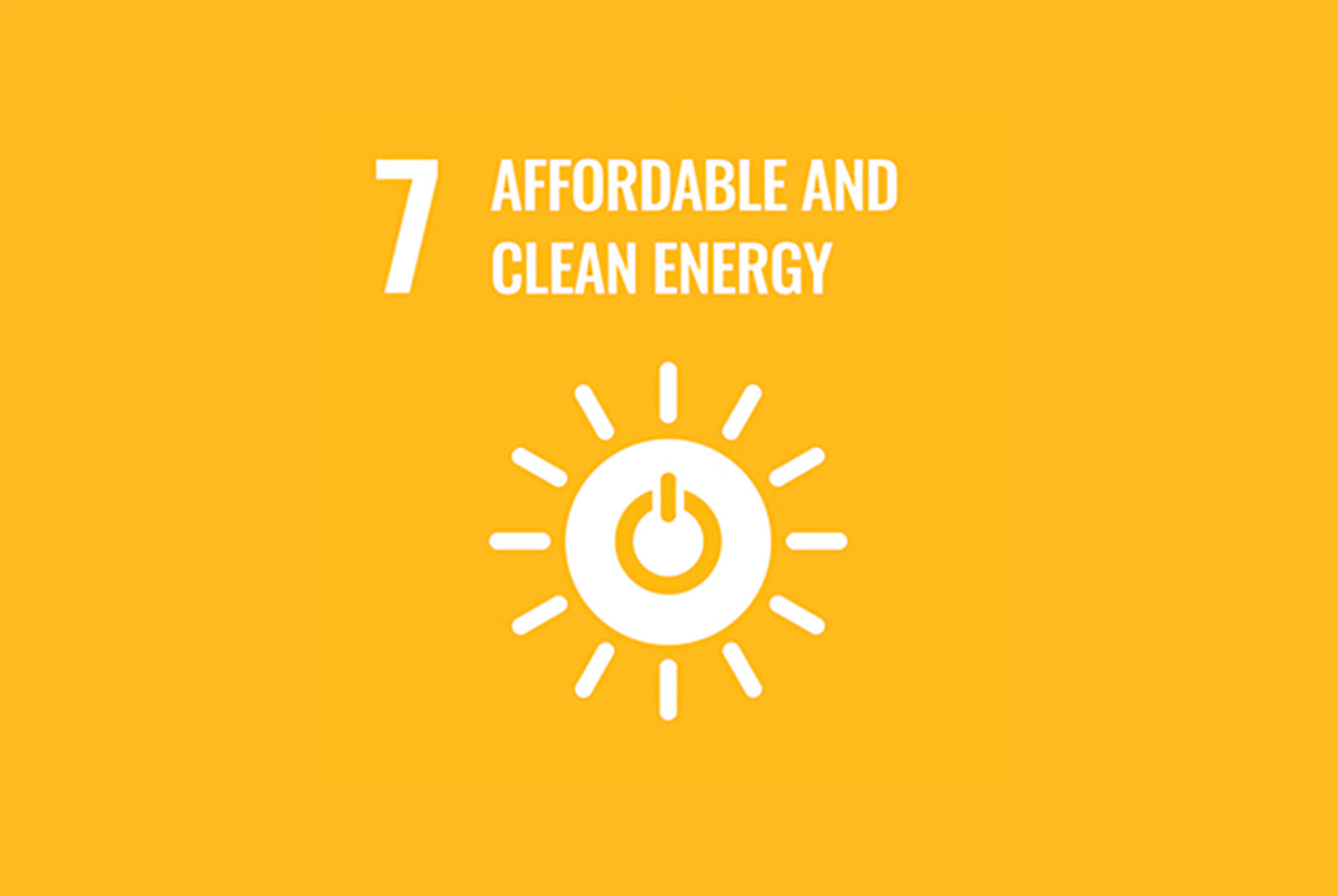
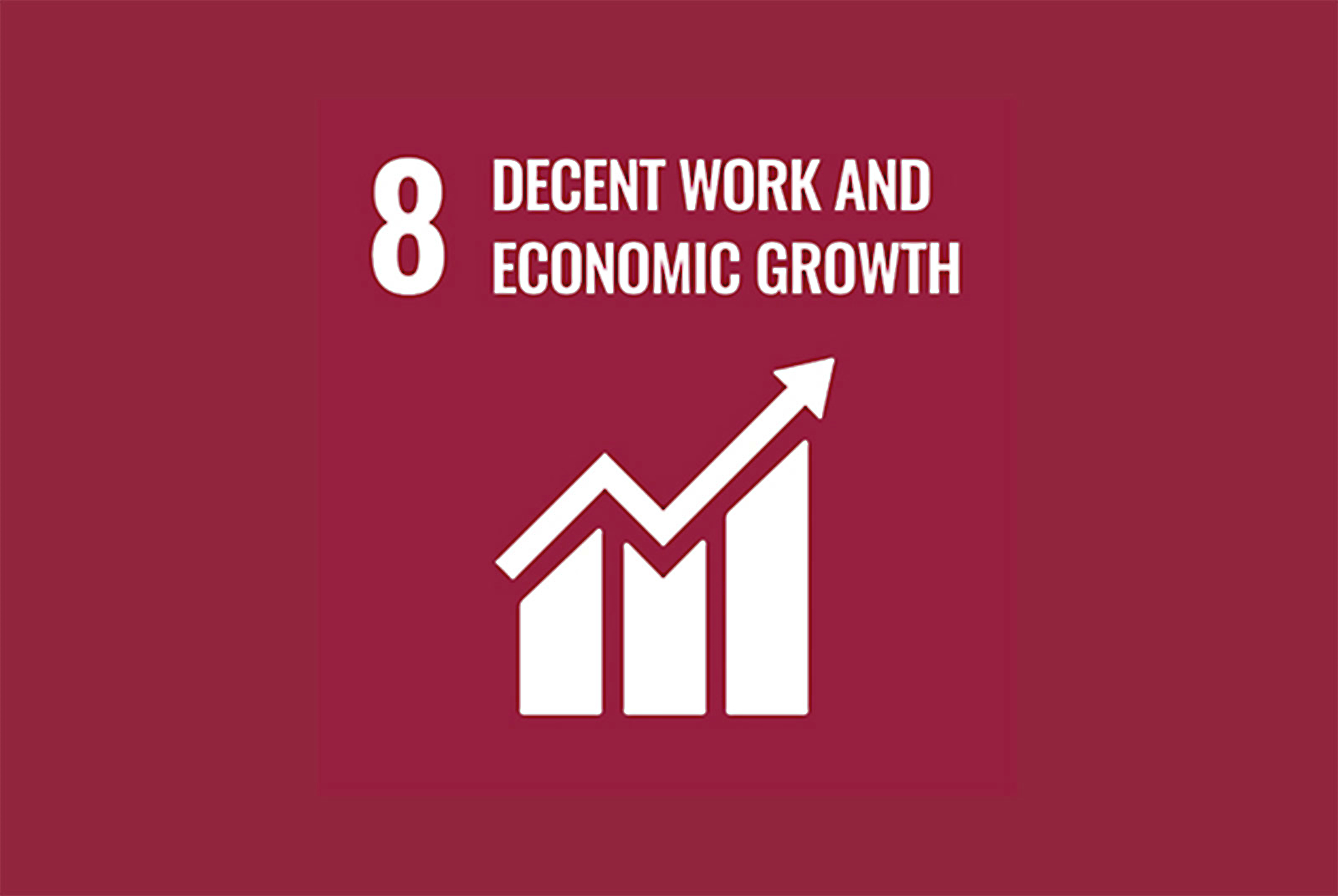
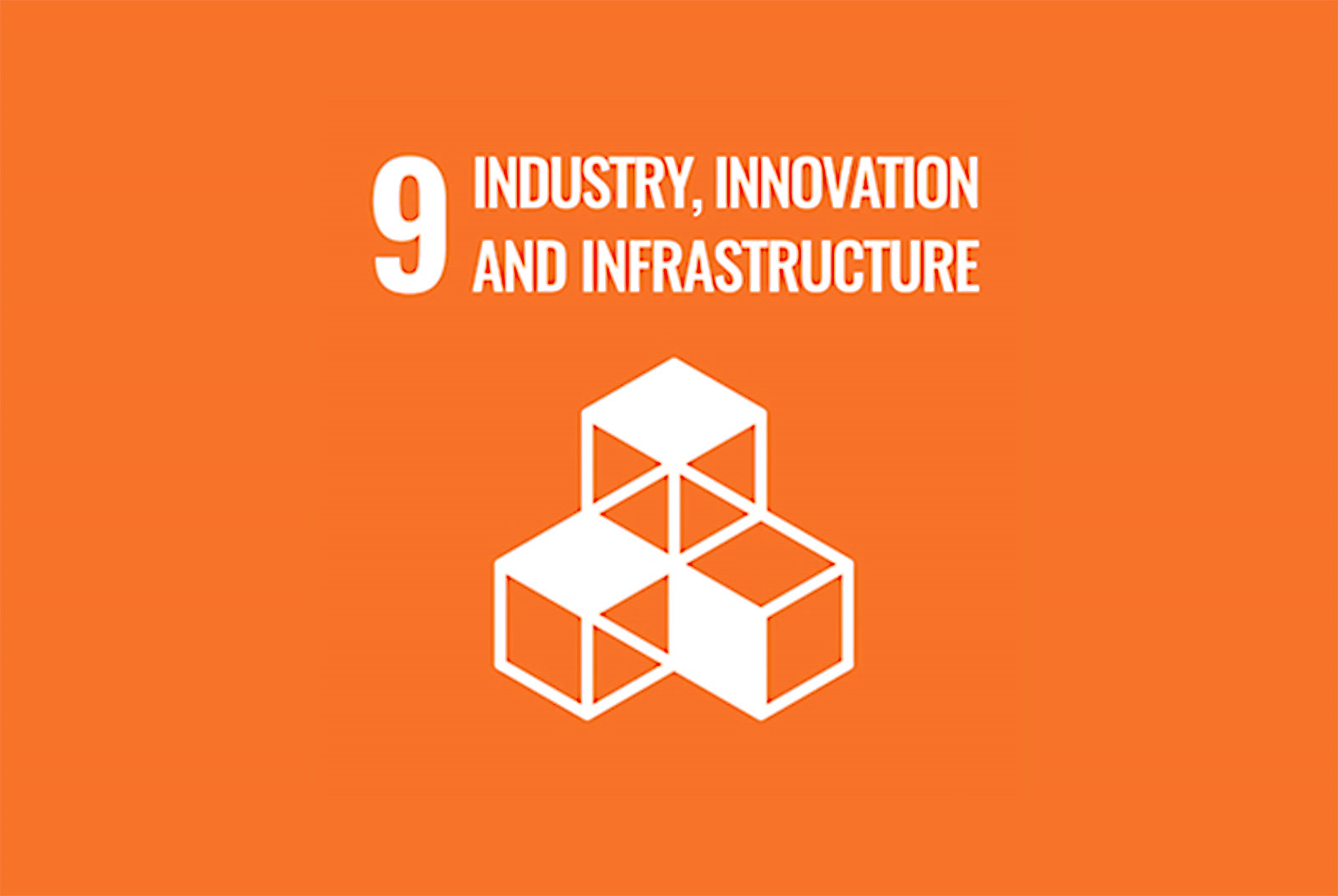
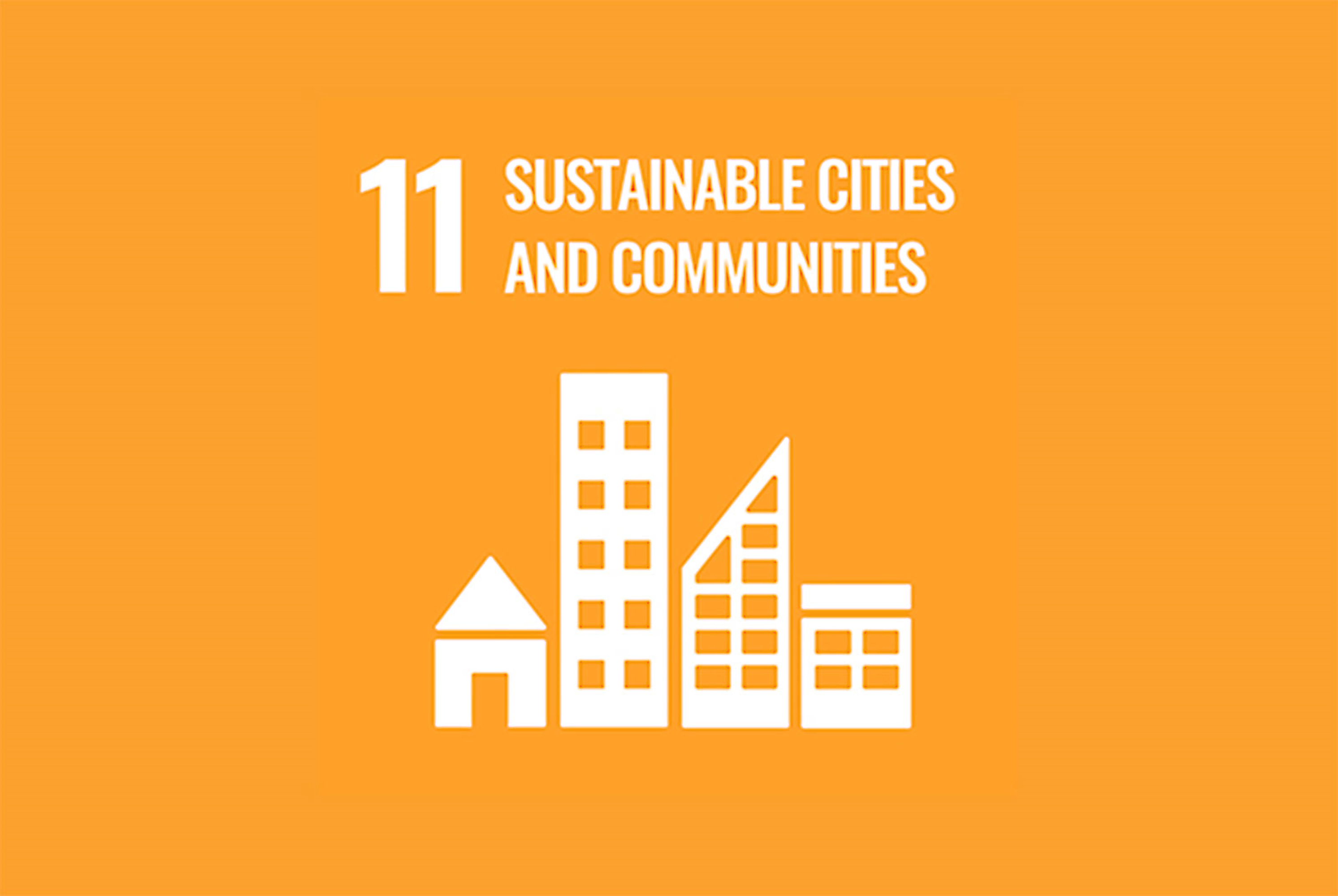
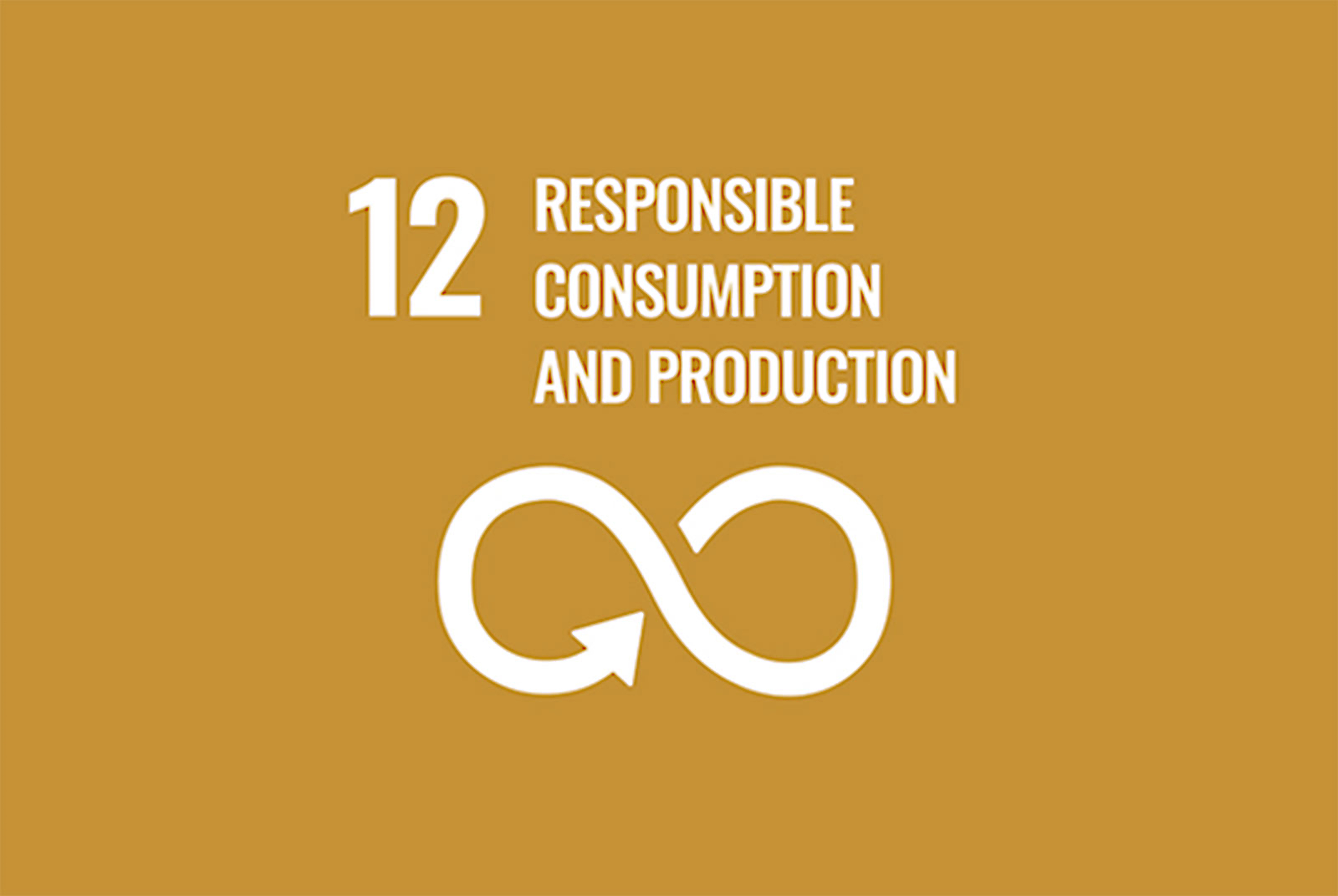
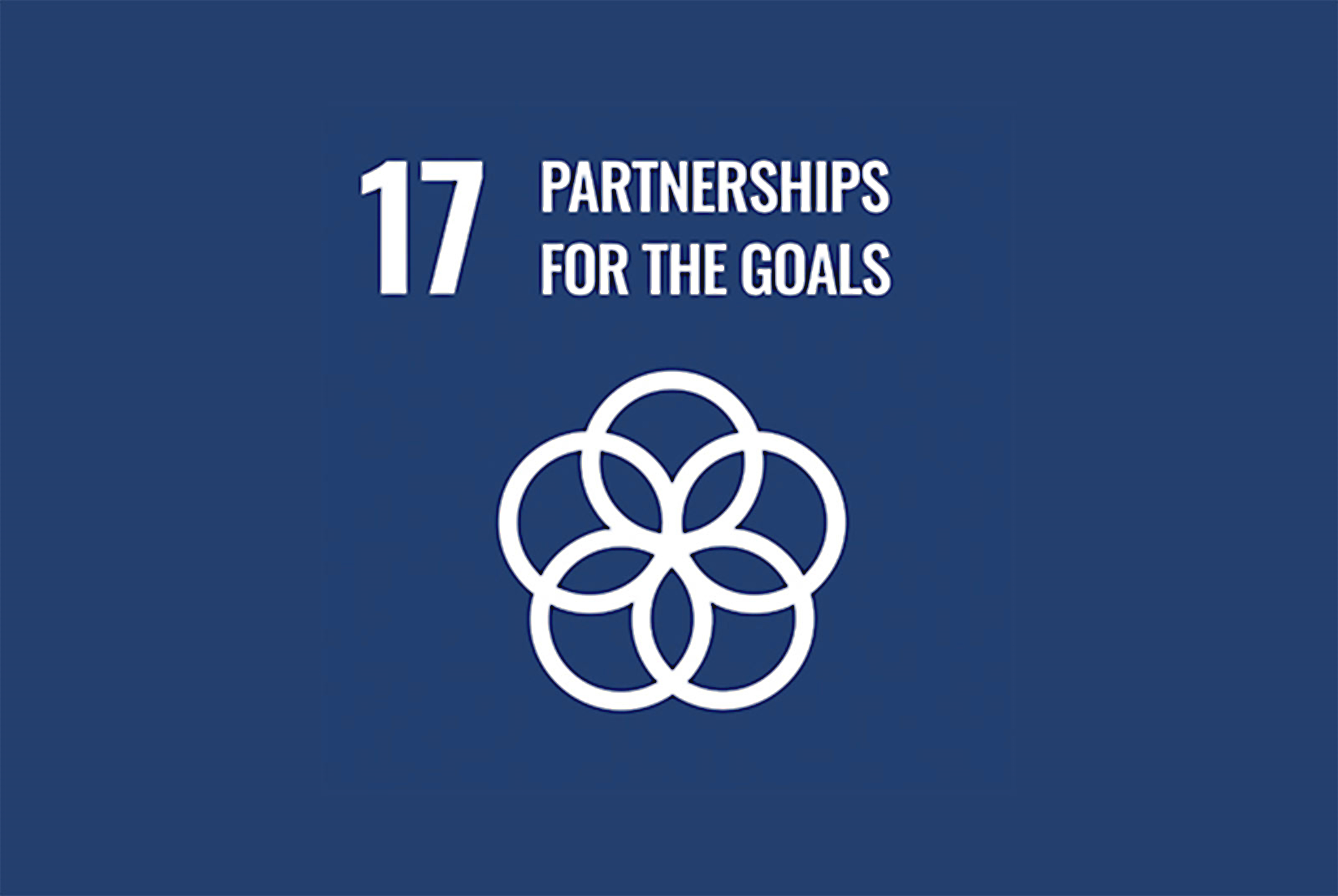
ShinKong Synthetic Fiber Co., Ltd. Initiative Declaration
ShinKong Synthetic Fiber Co., Ltd. envisions itself as a "sustainable and high-tech polyester industry" and upholds the core values of "sustainable development, green energy, and environmental protection, with sincere care." The company is dedicated to providing high-quality products and services to its customers. Embracing the philosophy of "pursuing excellence and continuous improvement," the company strives to enhance professionalism, introduce innovative products, fulfill social responsibilities, and achieve sustainable operations.
Corporate sustainability has long been one of ShinKong Synthetic Fiber’s goals and a driving force for its growth. The company believes that engaging in deep communication and interaction with stakeholders promotes corporate sustainability. Through listening to the perspectives of employees, customers, suppliers, shareholders, and other stakeholders, and addressing contemporary social, environmental, labor, human rights, business ethics, and sustainable procurement issues, the company identifies significant sustainability topics, sets objectives and strategies, and gradually implements improvement plans to respond to stakeholder needs. By doing so, ShinKong Synthetic Fiber actively fulfills its corporate citizenship responsibilities and pursues a sustainable future together.
The company supports internationally recognized human rights standards and principles such as the "United Nations Universal Declaration of Human Rights," the "United Nations Global Compact," the "United Nations Guiding Principles on Business and Human Rights," and the "International Labour Organization" conventions. Compliance with the laws and regulations of the countries/regions where it operates is regarded as the fundamental requirement.
A. Labor
The company pledges to protect and respect workers' human rights based on internationally recognized principles. This commitment applies to all types of workers, including temporary, migrant, student, contractual, direct employees, and any other categories.
Labor Standards:
-
Freely Chosen Employment:
The use of forced labor, bonded labor (including debt bondage), involuntary or exploitative prison labor, slavery, or human trafficking is strictly prohibited. This includes the transportation, harboring, recruitment, transfer, or receipt of persons through coercion, fraud, or deception for labor or services. Employers must not impose unreasonable restrictions on workers' freedom of movement at the workplace or living facilities. As part of the recruitment process, all workers must be provided with an employment agreement in their native language, detailing the terms and conditions of employment. Agreements must not be altered or replaced post-departure unless required to comply with local laws offering equal or better terms. All work must be voluntary, and workers have the right to resign at any time without penalty, provided they give reasonable notice. Employers and recruitment agencies must not retain or destroy workers' identification documents or immigration papers unless legally required. Even in such cases, workers must have unrestricted access to their documents. Workers must not be required to pay recruitment fees; if paid, such fees must be reimbursed. -
Child Labor and Young Workers:
The employment of child labor is prohibited. "Child labor" refers to workers under the age of 15. Mechanisms must be in place to verify the age of workers. Legal workplace learning programs complying with local regulations are exceptions. Workers under 18 should not engage in hazardous tasks, night shifts, or overtime. Proper student records must be maintained, educational partners rigorously evaluated, and students' rights safeguarded in accordance with local laws. If child labor is discovered, appropriate support and remediation must be provided. -
Working Hours:
Working hours must not exceed local legal limits. Weekly hours, including overtime, should not exceed 60 hours except in emergencies or special circumstances. Overtime must be voluntary, and workers must be allowed at least one day off every seven days. -
Wages and Benefits:
Compensation should comply with applicable wage laws, including minimum wage, overtime, and statutory benefits. Overtime pay should exceed the regular hourly rate, as required by local law. Wage deductions as disciplinary measures are prohibited. Workers should receive a detailed pay stub in each pay period. Temporary and outsourced workers must be employed per local legal requirements. -
Humane Treatment:
Harsh or inhumane treatment, including violence, sexual violence, harassment, corporal punishment, psychological abuse, bullying, public humiliation, or verbal abuse, is prohibited. Disciplinary policies must be clearly defined and communicated to workers. -
Non-Discrimination/Non-Harassment:
The company is committed to a workplace free from harassment and discrimination based on race, color, age, gender, sexual orientation, gender identity/expression, ethnicity, disability, pregnancy, religion, political affiliation, union membership, veteran status, genetic information, or marital status. Employees must not undergo discriminatory medical tests, such as pregnancy or virginity checks. -
Freedom of Association:
Employees have the right to form, join, or avoid unions, engage in collective bargaining, and participate in peaceful assembly without fear of discrimination, retaliation, threats, or harassment.
B. Health and Safety
The company recognizes that minimizing work-related injuries and illnesses not only protects workers but also enhances product and service quality, production stability, employee loyalty, and morale. It also acknowledges that continuous employee engagement and education are key to identifying and resolving workplace health and safety issues.
These standards are drafted with reference to internationally recognized management systems (such as ISO 45001 and the International Labour Organization's occupational health and safety management system guidelines), which also serve as valuable additional sources of information.
Health and Safety Standards:
-
Occupational Safety
The company identifies, evaluates, and mitigates workplace health and safety risks (such as chemical, electrical, and energy-related hazards, fire, vehicle operations, and fall risks) through hierarchical control measures. These measures include hazard elimination, substitution of processes or materials, appropriate design and control, implementation of engineering and administrative controls, preventive maintenance, safe operational procedures (including lockout/tagout protocols), and ongoing safety training. If risks cannot be adequately controlled through these measures, employees must be provided with suitable, well-maintained personal protective equipment and educational materials related to such risks. Reasonable measures must also be taken to ensure that pregnant and breastfeeding women are removed from highly hazardous work environments and that their occupational health and safety risks (including those associated with their assigned tasks) are mitigated or eliminated. Appropriate accommodations must also be provided for breastfeeding women. -
Emergency Preparedness
The company identifies and assesses potential emergencies and incidents and minimizes their impact through emergency plans and response procedures. These include emergency reporting, worker notifications, evacuation plans, training, and drills. Emergency drills must be conducted at least annually or as required by local laws, whichever is stricter. Emergency plans must also include adequate fire detection and suppression equipment, unobstructed emergency exits, sufficient escape facilities, contact information for emergency personnel, and recovery plans. These plans and procedures should prioritize minimizing harm to life, the environment, and property. -
Injury and Illness
The company establishes procedures and systems to prevent, manage, track, and report workplace injuries and illnesses. These include encouraging workers to report incidents, classifying and recording cases, providing necessary treatment, investigating cases to eliminate root causes, and assisting workers in returning to their jobs. -
Industrial Hygiene
The company identifies, evaluates, and controls worker exposure to chemical, biological, and physical agents through hierarchical control measures. If hazards are detected, efforts should be made to eliminate or reduce them. When elimination or reduction is not feasible, appropriate design, engineering, and administrative control measures should be employed. If these measures cannot effectively prevent hazards, workers must be provided, free of charge, with properly maintained personal protective equipment. Education about the risks associated with such hazards must be included in the prevention plan. -
Physically Demanding Work
The company identifies, evaluates, and mitigates risks associated with physically demanding work, such as manually handling materials, repetitive lifting of heavy objects, prolonged standing, and highly repetitive or strenuous assembly tasks. -
Machine Safeguarding
The company assesses safety hazards associated with production equipment and other machinery. Physical safeguards, interlocks, and barriers must be provided and properly maintained to prevent injuries. -
Sanitation and Accommodation
The company ensures workers have access to clean toilet facilities, potable drinking water, and sanitary cooking utensils, food storage, and dining areas. Employee accommodations provided by the company or labor intermediaries must be clean, safe, and equipped with appropriate emergency exits, hot water for bathing, adequate lighting, heating, and ventilation, secure storage for personal and valuable items, and suitable, accessible private spaces. -
Health and Safety Communication
The company provides employees with workplace health and safety information and training in a language they understand. This includes identifying workplace hazards such as mechanical, electrical, chemical, fire, and physical risks. Health and safety-related information must be prominently displayed or readily accessible in the workplace. Regular training must be provided to all employees before they start work and on an ongoing basis. Employees should be encouraged to voice health and safety concerns without fear of retaliation.
C.Environment
The company recognizes that environmental protection is an integral part of producing world-class products. Participants should identify the environmental impact of their manufacturing processes and strive to minimize negative effects on communities, the environment, and natural resources, while ensuring public health and safety.
Environmental Standards:
-
Environmental Permits and Reporting
The company obtains all necessary environmental permits (e.g., for emissions monitoring), approvals, and registrations. These must be maintained, regularly updated, and operated in compliance with permit requirements, including reporting obligations. -
Pollution Prevention and Resource Conservation
The company strives to minimize or eliminate pollutant emissions and waste generation at the source or through practices such as adding pollution control equipment, improving production, maintenance, and facility procedures, or employing other methods. Natural resources (including water, fossil fuels, minerals, and virgin forest products) should be conserved through practices such as process optimization, material substitution, reuse, conservation, recycling, or other methods. -
Hazardous Substances
The company identifies, labels, and manages chemicals, waste, and other substances that pose a risk to humans or the environment, ensuring that these are safely handled, transported, stored, used, recycled or reused, and disposed of. -
Solid Waste
The company implements systematic measures to identify, manage, reduce, and responsibly dispose of or recycle solid waste (non-hazardous). -
Air Emissions
The company characterizes, routinely monitors, controls, and treats emissions of volatile organic compounds, aerosols, corrosives, particulates, ozone-depleting substances, and combustion byproducts before they are released during operations. Ozone-depleting substances are managed in accordance with the Montreal Protocol and applicable regulations. The performance of air emission control systems is regularly monitored. -
Materials Restrictions
The company complies with all applicable laws, regulations, and customer requirements that prohibit or restrict the inclusion of specific substances in products or manufacturing processes, including requirements for recycling and disposal labels. -
Water Resource Management
The company implements water management plans to document, characterize, and monitor water sources, usage, and discharges; seeks opportunities to conserve water; and controls channels of pollution. All wastewater must be characterized, monitored, controlled, and treated as required before discharge or disposal. The performance of wastewater treatment and control systems must be routinely monitored to ensure optimal performance and regulatory compliance. -
Energy Consumption and Greenhouse Gas Emissions
The company sets corporate-level targets for greenhouse gas emissions reduction. Energy consumption and all relevant Scope 1 and Scope 2 greenhouse gas emissions must be tracked, documented, and publicly reported to meet reduction goals. Methods to improve energy efficiency and minimize energy consumption and greenhouse gas emissions must be actively pursued.
To fulfill its social responsibilities and achieve success in the market, the company and its agents must adhere to the highest ethical standards, including the following:
-
Integrity in Business
The company upholds the highest standards of integrity in all business interactions. It adopts a zero-tolerance policy prohibiting all forms of bribery, corruption, extortion, and embezzlement. -
Prohibition of Improper Gains
The company prohibits offering, providing, approving, giving, or receiving bribes or other improper benefits. This prohibition includes offering, providing, approving, giving, or receiving anything of value, whether directly or indirectly through third parties, with the intent of securing or retaining business, transferring business to others, or obtaining undue advantages. Monitoring, record-keeping, and enforcement procedures must be implemented to ensure compliance with anti-corruption laws. -
Transparency of Information
All business dealings must be conducted transparently. The company must disclose information related to labor practices, health and safety, environmental activities, business operations, organizational structures, financial conditions, and performance in accordance with applicable laws and prevailing industry practices. Fabricating records or falsifying the status or practices of the supply chain is strictly prohibited. -
Intellectual Property
The company respects intellectual property rights. It must transmit technology and production knowledge in a manner that protects intellectual property and safeguards the data of customers and suppliers. -
Fair Trade, Advertising, and Competition
The company adheres to standards of fair trade, advertising, and competition. -
Identity Protection and Non-Retaliation
Unless prohibited by law, the company establishes procedures to protect the confidentiality and anonymity of whistleblowers, including suppliers and employees. Participants must also implement communication procedures that allow employees to raise concerns without fear of retaliation.
Definition of Whistleblower: Any individual who reports misconduct by company employees, supervisors, or public officials and government agencies. -
Responsible Mineral Sourcing
The company adopts policies and conducts due diligence regarding the sourcing and supply chain of tantalum, tin, tungsten, and gold used in its products. These measures ensure consistency with the OECD (Organisation for Economic Co-operation and Development) guidelines for responsible supply chains of minerals from conflict-affected and high-risk areas or equivalent and recognized due diligence frameworks. -
Privacy
The company is committed to reasonably safeguarding the personal data and privacy of all individuals it interacts with in business, including suppliers, customers, consumers, and employees. Participants must comply with privacy and data security laws and regulations when collecting, storing, processing, transmitting, and sharing personal data.
E. Management System
The company adopts or establishes a management system relevant to the scope and content of these standards. The management system is designed to ensure:
(a) compliance with applicable laws, regulations, and customer requirements related to the participants' operations and products;
(b) alignment with these standards; and
(c) identification and mitigation of operational risks associated with these standards.
The management system should also promote continuous improvement.
Key Elements of the Management System:
-
Corporate Commitment
The company’s social and environmental responsibility policy statement must affirm its commitment to compliance and continuous improvement. This statement must be signed by the executive management and posted in the workplace in the local language. -
Management Responsibilities and Accountability
The company must designate senior executives and company representatives to ensure the implementation of the management system and related programs. Senior management must periodically review the operation of the management system. -
Legal and Customer Requirements
The company establishes procedures to identify, monitor, and understand applicable legal and regulatory requirements as well as customer requirements, including those outlined in these standards. -
Risk Assessment and Risk Management
The company develops procedures to identify risks associated with compliance, environmental, health and safety, labor practices, and ethical activities within the participants' operations. Each risk must be assessed and controlled through appropriate procedures and substantive measures to ensure compliance with regulatory requirements. -
Improvement Objectives
The company formulates written performance objectives, indicators, and implementation plans to enhance the participants' social, environmental, health, and safety performance. Regular audits must evaluate progress toward achieving these objectives. -
Training
The company develops training programs for management and employees to implement the participants' policies, procedures, and improvement objectives while meeting applicable legal and regulatory requirements. -
Communication
The company establishes procedures to clearly and accurately convey participants' policies, practices, expectations, and performance to employees, suppliers, and customers. -
Employee Feedback, Participation, and Grievance Mechanisms
The company develops ongoing viable procedures, including effective grievance mechanisms, to assess employee awareness of practices and conditions covered by these standards and to gather their input. Employees must be provided with a safe environment to voice grievances and opinions without fear of retaliation. -
Audits and Assessments
The company conducts regular self-assessments to ensure compliance with legal and regulatory requirements, the content of these standards, and customer contracts related to social and environmental responsibility. -
Corrective Actions
The company establishes procedures to ensure timely correction of deficiencies identified in internal and external assessments, inspections, investigations, and audits. -
Documentation and Records
The company establishes and maintains documentation and records to ensure compliance with regulatory requirements and company policies, while safeguarding privacy and confidentiality. -
Supplier Responsibility
The company establishes procedures to communicate the requirements of these standards to suppliers and monitor their compliance with these standards.
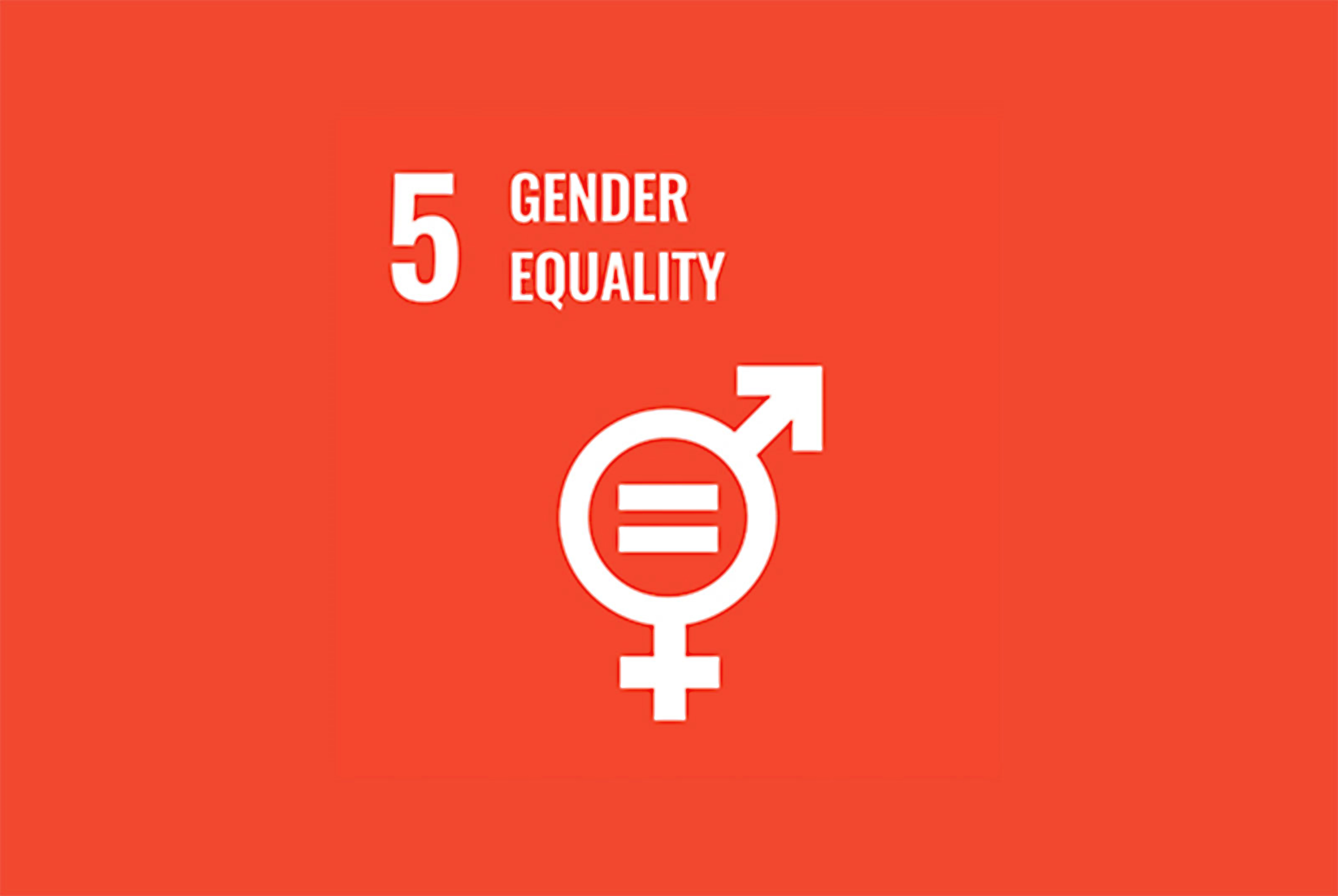
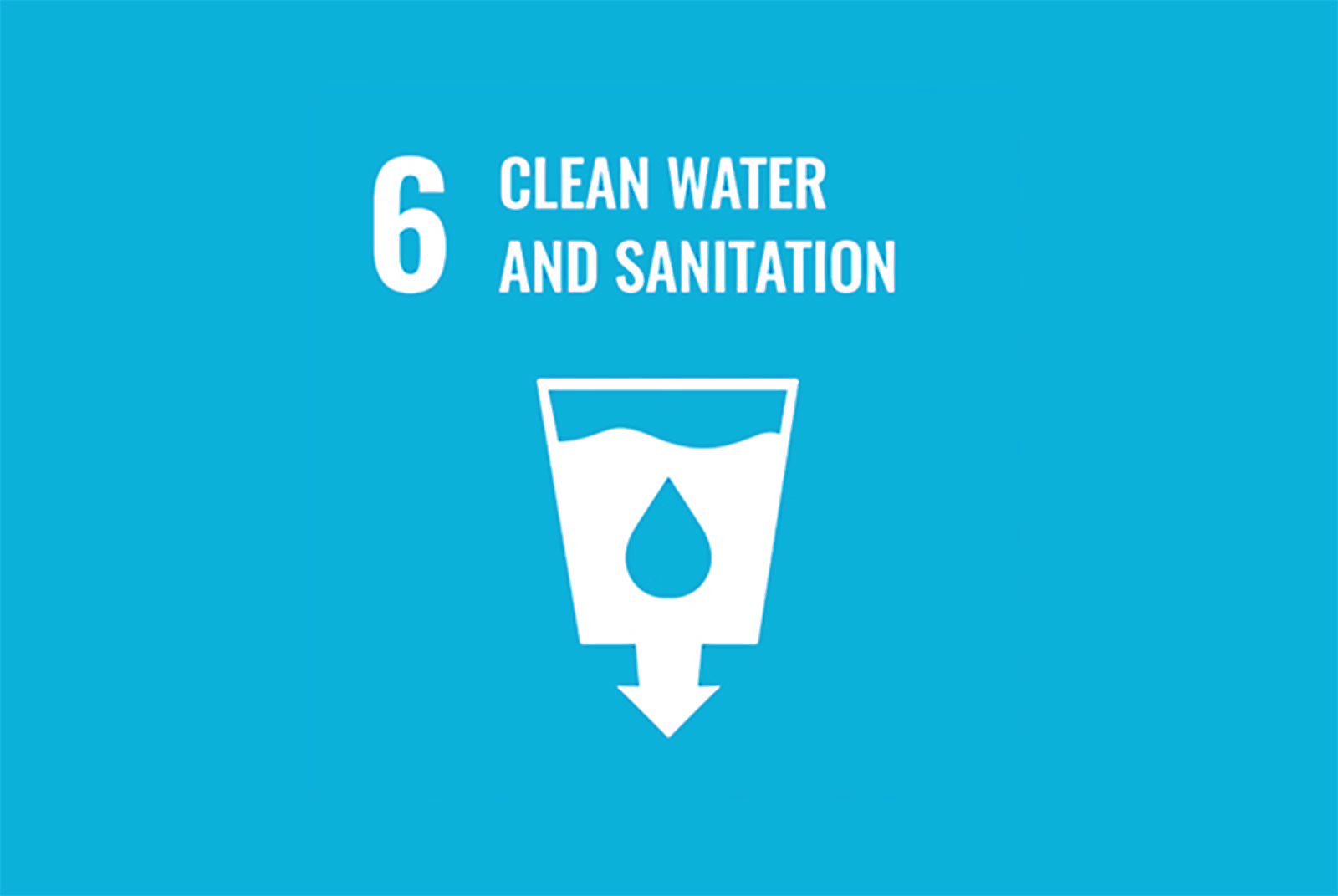


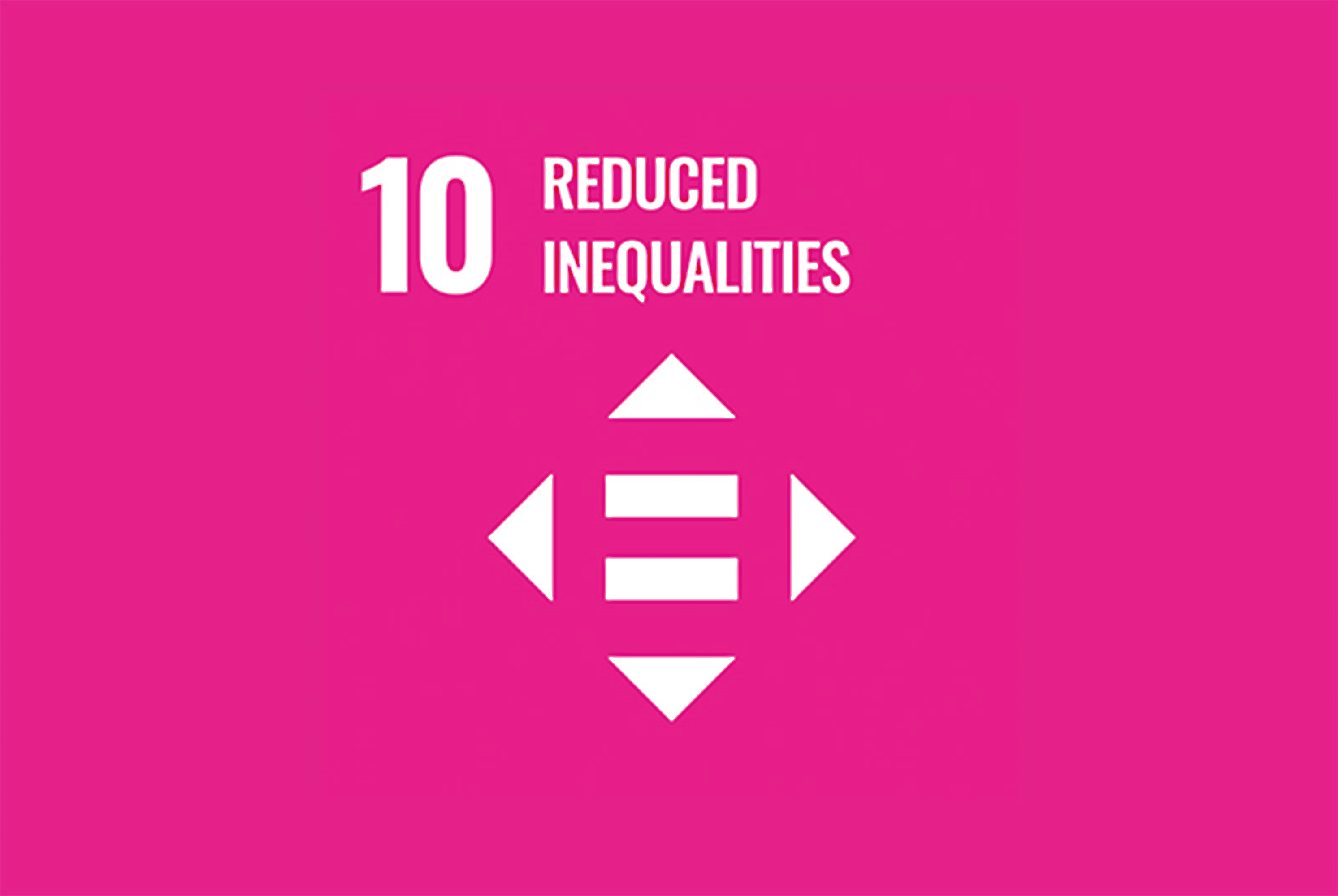


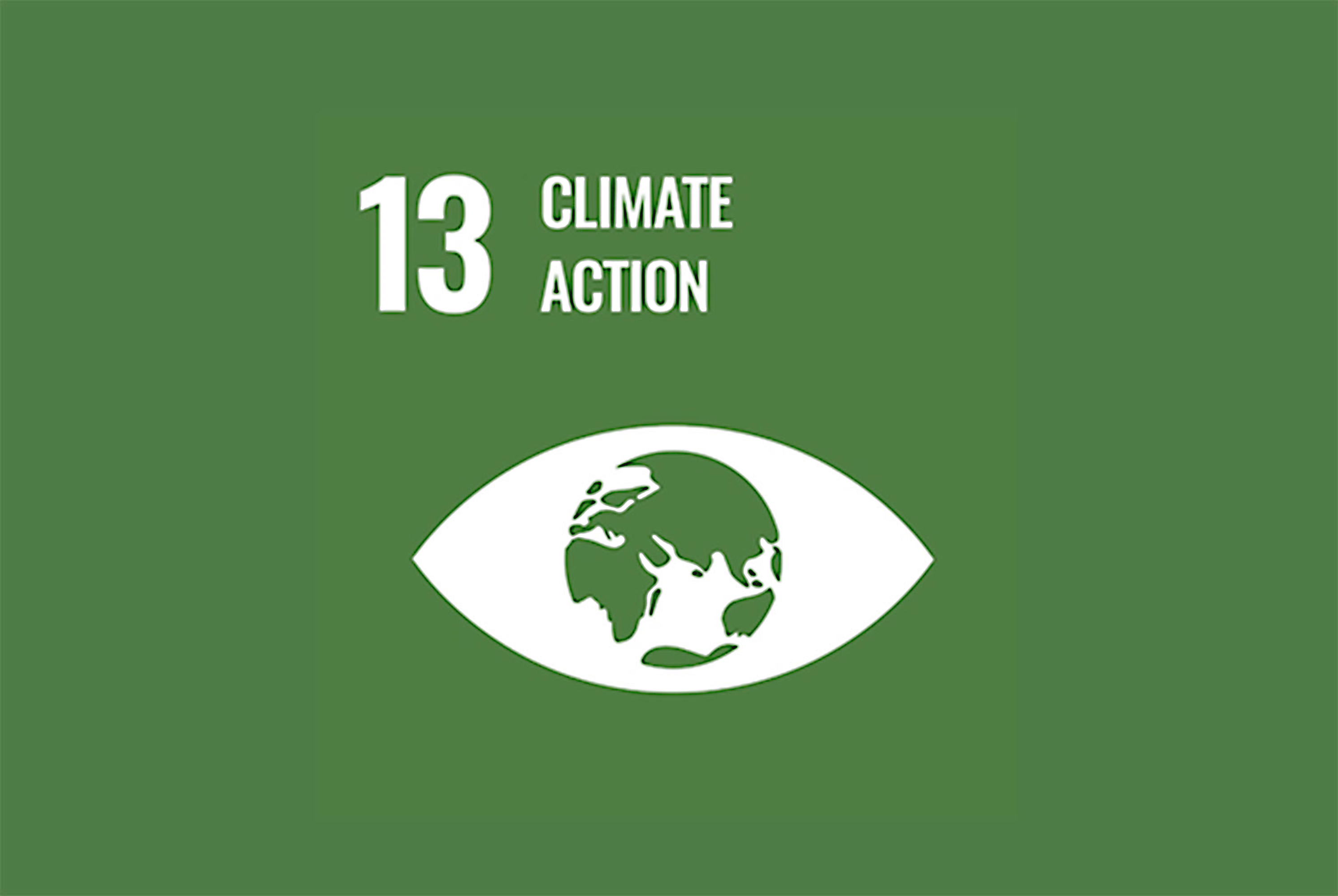
Social Responsibility Policy
ShinKong Synthetic Fiber Co., Ltd. is committed to fulfilling its corporate social responsibility by fully considering the impact of its business activities on society, the environment, and the economy. The company actively implements measures to promote sustainable development. Through the establishment of an effective social responsibility management system, ShinKong ensures its operations do not negatively impact employees, suppliers, customers, consumers, or society, while contributing to the realization of global sustainable development goals.
-
Labor
- Freedom of Employment
- The use of forced, bonded, involuntary, or exploitative prison labor, slavery, or human trafficking is strictly prohibited.
- Workers must have unrestricted access to workplace premises.
- Employment contracts must be provided in the workers' native language, detailing employment terms and conditions.
- Employers and agencies must not withhold, destroy, or confiscate workers' identification or travel documents.
- Workers must not be required to pay recruitment fees under the laws of the exporting country or Taiwan.
-
Youth Labor
- The employment of child labor is strictly prohibited. "Child labor" refers to hiring anyone under the age of 15, below the compulsory education age, or below the minimum employment age of the relevant country/region (whichever is highest).
- Appropriate mechanisms must be in place to verify the age of workers.
- Workers under 18 must not engage in hazardous work, night shifts, or overtime. If child labor is discovered, assistance and remediation must be provided.
-
Working Hours
Working hours must not exceed the maximum limits prescribed by local laws. Weekly hours, including overtime, must not exceed 60 hours except in emergencies. Workers must be allowed at least one rest day every seven days. -
Wages and Benefits
- Wages must comply with applicable compensation laws, including minimum wage, overtime pay, and statutory benefits.
- Wage deductions must not be used as a disciplinary measure.
- Detailed wage statements must be provided for every pay period.
-
Humane Treatment
All forms of harsh or inhumane treatment, including violence, harassment, corporal punishment, or humiliation, are strictly prohibited. -
Anti-Discrimination/Anti-Harassment
The company provides a workplace free from discrimination and harassment based on race, color, age, gender, sexual orientation, disability, religion, or other protected attributes. -
Freedom of Association
Employees have the right to organize and participate in unions, collective bargaining, and peaceful assembly without fear of retaliation.
- Freedom of Employment
-
Health and Safety
-
Occupational Safety
- The company must identify, assess, and mitigate workplace health and safety risks through hierarchical controls. These include hazard elimination, substitution of processes or materials, appropriate design, engineering and administrative controls, preventive maintenance, and safe operating procedures (e.g., lockout/tagout protocols). Regular safety training must also be provided.
- When hazards cannot be effectively controlled through these measures, the company must provide employees with suitable, well-maintained personal protective equipment and educational materials on hazards and related risks.
- The company must take reasonable steps to ensure that pregnant and breastfeeding women are removed from high-risk environments and that occupational health and safety risks, including task-related risks, are mitigated. Appropriate accommodations must also be provided for breastfeeding employees.
-
Emergency Preparedness
- The company must identify and evaluate potential emergencies and incidents. Plans and procedures must be developed to minimize their impact, including emergency reporting, employee notifications, evacuation plans, and employee training and drills.
- Drills must be conducted at least annually or as required by local laws, whichever is stricter. Plans must also include fire detection and suppression systems, unobstructed emergency exits, sufficient escape facilities, emergency contact information, and recovery strategies. These measures must prioritize minimizing harm to life, the environment, and property.
-
Injury and Occupational Illness
Procedures must be developed to prevent, manage, track, and report workplace injuries and illnesses. This includes:- Encouraging employees to report injuries and illnesses.
- Classifying and recording cases.
- Providing necessary treatment.
- Investigating incidents and implementing corrective actions to address root causes.
- Supporting employees in returning to work.
-
Industrial Hygiene
- The company must identify, evaluate, and control the effects of chemical, biological, and physical agents on employees through hierarchical controls.
- When elimination or reduction is not feasible, the company must implement appropriate design, engineering, and administrative controls. If such measures are insufficient, the company must provide suitable, well-maintained personal protective equipment free of charge. Training and materials on associated risks must also be provided.
-
Physically Demanding Work
The company must identify, evaluate, and mitigate risks related to physically demanding tasks, such as manual material handling, repetitive lifting, prolonged standing, and highly repetitive or intense work. -
Machine Safeguarding
Safety hazards related to machinery must be evaluated. The company must provide and maintain physical safety devices, interlocks, and barriers to prevent injuries. -
Public Health and Accommodation
- Employees must have access to clean toilet facilities, potable drinking water, and sanitary cooking equipment, food storage facilities, and utensils.
- Employee housing must be safe, clean, and equipped with emergency exits, hot water, adequate lighting, heating, ventilation, and secure storage for personal belongings.
-
Health and Safety Communication
- Employees must be provided with occupational health and safety information in a language they understand. Training should cover workplace hazards such as mechanical, electrical, chemical, fire, and physical risks.
- Relevant safety materials must be prominently displayed in the workplace. Employees must receive training before starting work and at regular intervals thereafter. Employees must be able to voice concerns about health and safety without fear of retaliation.
-
Occupational Safety
-
Environment
- Environmental Permits and Reporting
The company must obtain, maintain, and update all required environmental permits, approvals, and registrations. Operational and reporting requirements specified in permits must be strictly followed. -
Pollution Prevention and Resource Conservation
- The company must minimize or eliminate pollutant emissions and waste generation at the source or through practices such as installing pollution control equipment and improving operational processes.
- The company must conserve natural resources, including water, fossil fuels, and minerals, through reuse, recycling, and process optimization.
- Hazardous Substances
Hazardous chemicals and materials must be identified, labeled, managed, and disposed of safely to protect human health and the environment. - Solid Waste
Systems must be implemented to identify, manage, reduce, and responsibly dispose of or recycle non-hazardous solid waste. - Air Emissions
The company must characterize, monitor, and control emissions of volatile organic compounds, aerosols, and particulates. Emissions management systems must align with the Montreal Protocol and local regulations. - Materials Restrictions
The company must comply with all laws and customer requirements restricting the inclusion of certain substances in products and processes. - Water Resource Management
Water resources must be monitored, and conservation opportunities must be identified. Wastewater must be treated and monitored before disposal. - Energy and Greenhouse Gas Emissions
Corporate-level greenhouse gas reduction goals must be established. Energy consumption and related emissions must be tracked, recorded, and disclosed.
- Environmental Permits and Reporting
-
Business Ethics
- Integrity in Operations
The company must adopt a zero-tolerance policy toward bribery, corruption, extortion, and embezzlement. - Prohibition of Improper Gains
The offering or acceptance of bribes or improper benefits, either directly or indirectly, is strictly prohibited. - Transparency
Business records must be accurate and comply with applicable laws. Supply chain practices must be transparent. - Intellectual Property
The company must respect intellectual property and safeguard customer and supplier data. - Responsible Mineral Sourcing
The company must conduct due diligence on the sourcing of minerals to ensure compliance with international standards. - Privacy
Personal data related to business operations must be protected, with compliance to privacy laws.
- Integrity in Operations
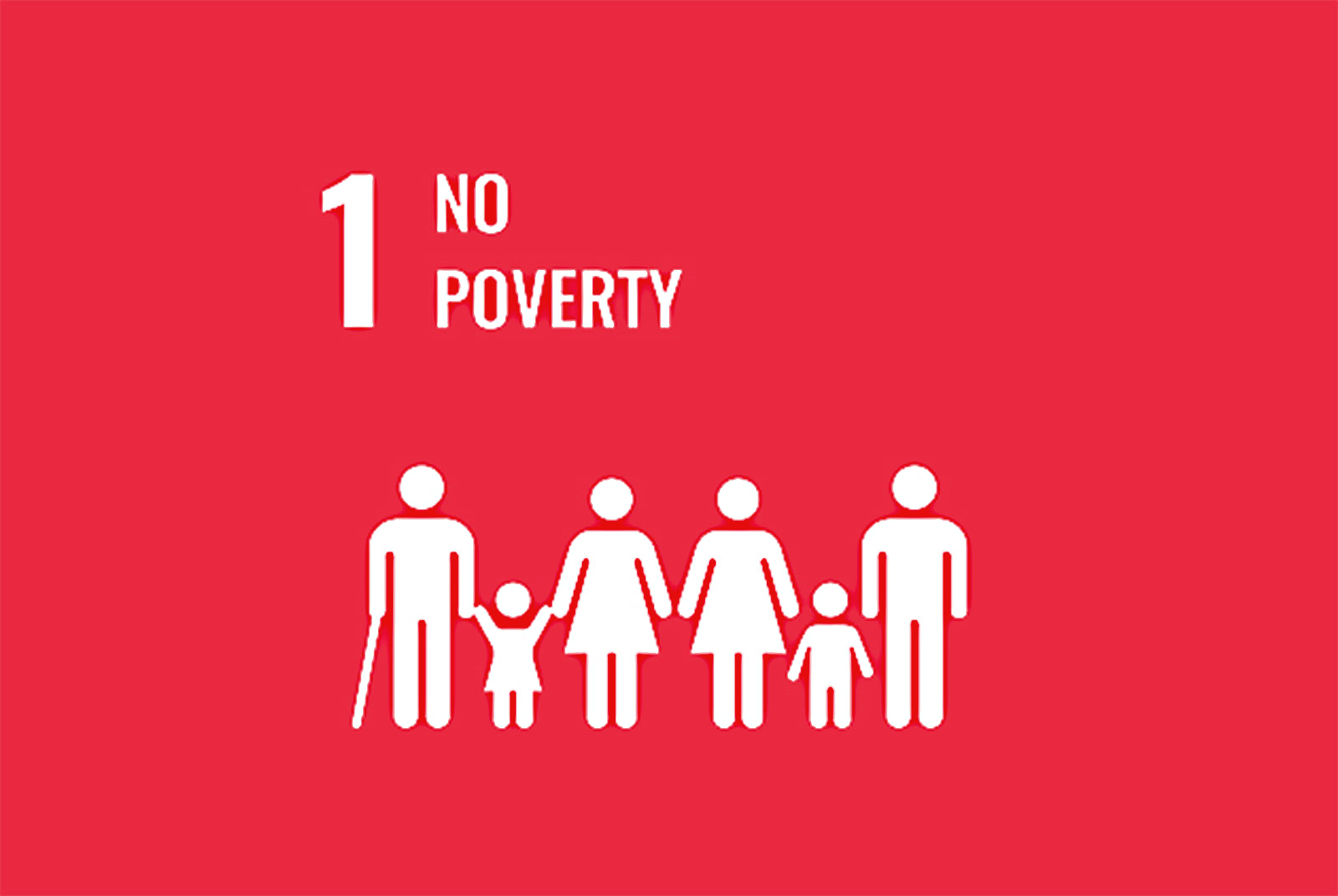


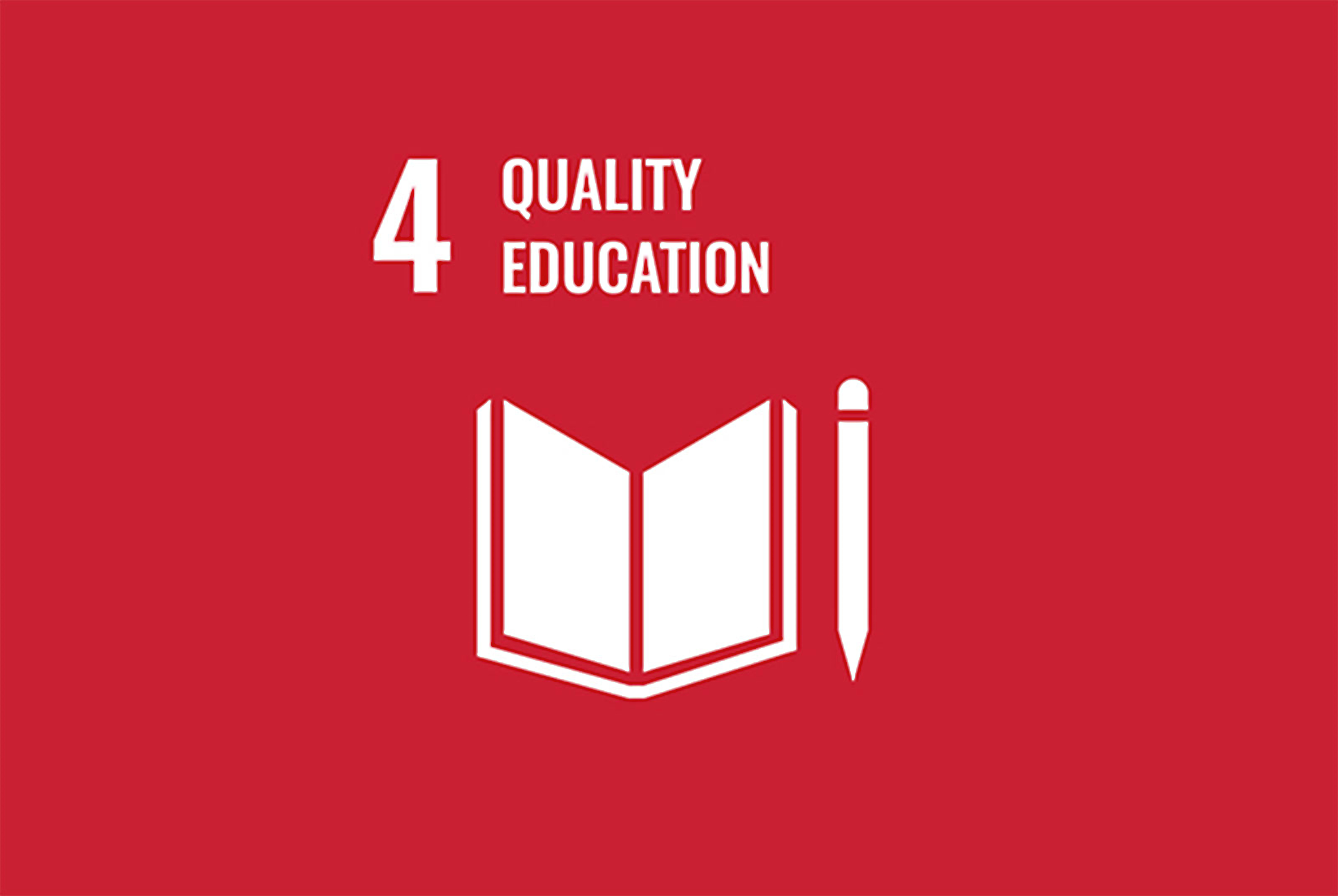



Labor Rights Protection Policy
The company is committed to ensuring that all employees' wages are no less than the statutory minimum wage announced by the competent authorities. The company guarantees full protection of labor rights and is dedicated to creating a fair, safe, healthy, and respectful work environment. Additionally, the company prioritizes employees' workplace safety and physical and mental well-being. By adhering to relevant laws and regulations and implementing monitoring, inspections, and training measures, the company ensures the welfare and dignity of its employees.
- Caring for Employees' Health and Safety:
Ensure a safe and healthy working environment, preventing occupational accidents and illnesses. - Valuing Employee Feedback:
Establish effective communication channels that respect and respond to employees’ opinions, needs, and concerns. - Career Management (Long-Term Development):
Provide employees with career development opportunities and growth potential, supporting their long-term career planning. - Prohibition of Child and Forced Labor:
Strictly prohibit the employment of any form of child labor and eliminate all forms of forced labor. - Respect for Gender Diversity:
Foster an inclusive and respectful workplace that opposes all forms of sexual harassment and discrimination. - Emphasizing Stakeholder Communication Channels:
Establish effective communication channels for continuous dialogue and collaboration with external stakeholders to ensure their concerns and interests are fully considered.




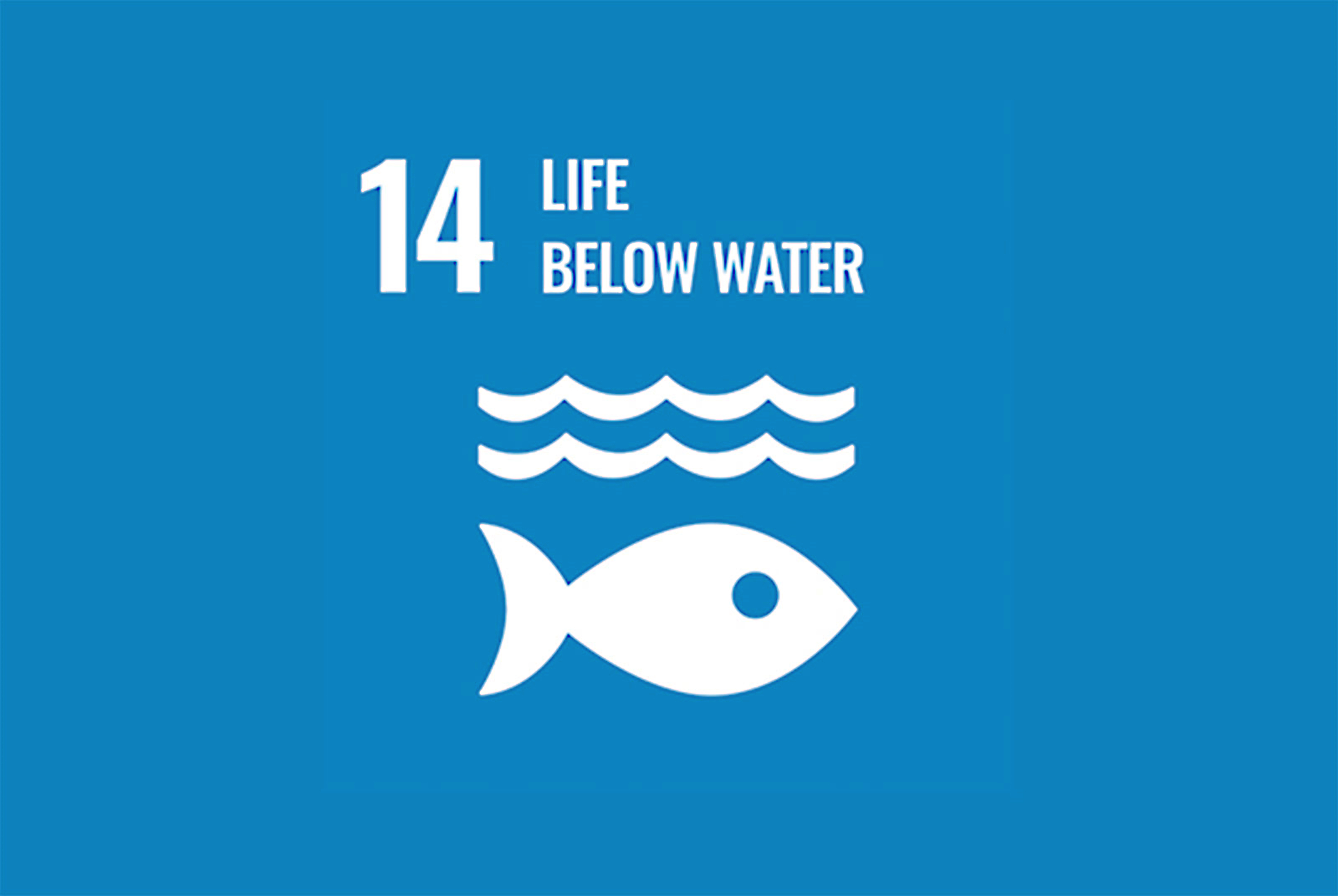

ShinKong Synthetic Fiber Co., Ltd. Sustainability and Net-Zero SDG Development Policy
ShinKong Synthetic Fiber Co., Ltd. focuses on sustainable corporate development while addressing the global trend of achieving net-zero emissions. This focus aligns with the demands of corporate governance, social regulations, and the expectations of investors and customers, emphasizing the importance of contributions to ESG (Environmental, Social, and Governance) initiatives. Implementing ESG strategies reduces corporate risks, lowers operational costs, and supports long-term development, contributing to society, the environment, and the economy. The company plans its sustainability and net-zero ESG strategies in alignment with SDGs, setting annual goals accordingly.
Driving Low-Carbon Transformation:
- Conduct carbon inventories to assess greenhouse gas emissions across the lifecycle of organizational activities, products, or services. Use this information to formulate reduction strategies and promote sustainable consumption and production models.
- Actively seek methods for energy conservation and carbon reduction to enhance energy efficiency and decrease emissions. Energy conservation and carbon reduction are treated as core tasks, with specific carbon reduction targets set to align with group-level goals.
- Explore new markets and incorporate smart technologies, such as AI, to enhance production capacity and efficiency.
- Pursue technological innovation to develop green products and new technologies, adopt low-carbon fuels, invest in various carbon-reduction technologies, and transition to low-carbon operations through renewable energy investments and clean energy installations.
- Purchase carbon credits and study trends in the carbon credit market. Carefully evaluate the cost-effectiveness of purchasing carbon credits to formulate purchasing strategies.
Promoting Circular Economy:
- Reduce waste generation, engage in recycling initiatives, and actively reuse materials to minimize environmental impact.
- Enhance product sustainability by collaborating with suppliers to implement green supply chain management, fostering the development of the circular economy.
- Advocate for resource management and source management by utilizing circular reuse practices and controlling raw material sourcing to reduce reliance on natural resources and minimize pollutant emissions.
Advancing Water Resource Management:
- Reduce water consumption during production processes through technological methods that enable recycling and reuse.
- Prioritize reducing pollutant emissions, strengthen source management, implement rainwater and wastewater separation systems, and conduct wastewater treatment to mitigate environmental impact on water resources.
Strengthening Corporate Social Responsibility:
- Emphasize employee training to raise awareness of sustainability issues, promote participation in energy conservation and carbon reduction activities, and support regional sustainable development initiatives.
- Commit to ensuring employee safety and health, treating personnel with respect and dignity, addressing environmental concerns, adhering to business integrity, and executing due diligence to fulfill corporate social responsibility.
- Support environmental and community care through social welfare activities, contributing to environmental preservation and community well-being.






Environmental Protection Policy
ShinKong Synthetic Fiber is committed to sustainable development and recognizes the importance of environmental protection as well as its corporate responsibility in protecting the environment. As a leading polyester manufacturing company, we firmly believe that there is a close connection between environmental protection and business development. Therefore, we actively formulate and implement a series of environmental protection policies. To actively promote energy conservation and carbon reduction, we have set reduction targets of 7% by 2025, 22% by 2030, and achieving net-zero emissions by 2050. These measures ensure that ShinKong Synthetic Fiber (including its subsidiaries) conducts business activities that positively impact the environment.
Policy Directions
- Energy Consumption and Greenhouse Gas Emissions
Objective:- Reduce energy consumption by 1% per year.
- Reduce greenhouse gas emissions by 2% per year, with a total reduction target of 7% by 2025 (baseline year 2021).
- Scope 1: 0.5% annual reduction
- Scope 2: 1.5% annual reduction
- Water Conservation and Recycling
Objective:
Reduce water resource consumption by 1% annually, with a total reduction target of 5% by 2025 (baseline year 2020). - Ecological Diversity Preservation
Objective:- Invest in the "Strawberry School" recreational farm in Taoyuan, practicing circular farming that employs pesticide-free and growth hormone-free "Integrated Pest Management" (IPM).
- The IPM framework consists of three phases: prevention, monitoring and assessment, and control. Through precise monitoring, crops are treated only when necessary using natural and biological pest control methods, ensuring ecological balance while minimizing crop loss.
- This includes cultivating healthy seedlings, using beneficial microorganisms, natural neem oil, thrips pheromone lures, sticky traps, and electrolyzed saline disinfectant. Additionally, predatory species control harmful pests, while cats help reduce field rats, maintaining a biodiverse and balanced ecosystem.
- Incorporate ecosystem and biodiversity considerations into the ecological zone planning of ShinKong Youth Lion Innovation Village to achieve terrestrial ecosystem conservation, sustainable land use, and land degradation prevention.
- Reducing Air Pollution
Objective:
Reduce air pollutant emissions by 1% annually, with a total reduction target of 5% by 2027 (baseline year 2022). - Use of Recycled Materials
Objective:
Increase the use of recycled materials by 5% annually, reducing reliance on virgin resources. - Reducing Industrial Waste
Objective:
Decrease the amount of industrial waste generated during the production process by 1% annually, promoting waste reduction and recycling. - End-of-Life Product Recycling
Objective:
- Design products that can be decomposed, recycled, and reused at the end of their life cycle, reducing the environmental burden.,/
- Target: Increase PET product recycling rates by 3% annually.,/
- Positive Environmental Product Impact
Objective:
- Promote green product innovation and sustainability, ensuring that products positively impact the environment.
- Target: Develop three environmentally sustainable and innovative products annually.
- Consumer Safety and Health
Objective:
- Ensure product safety, comply with relevant regulations and standards, and protect consumers' health and rights.
- Target: Zero violations of product and service health and safety regulations, and zero incidents causing harm to human health and safety.
-
Promoting Sustainable Consumption
Objective:
- Increase consumer awareness and choices for sustainable products, promoting sustainable consumption models.
- Target: Participate in at least two exhibitions annually to promote sustainability products.




Occupational Safety Policy
At ShinKong Synthetic Fiber, we firmly believe that occupational safety is one of our most important values. We are committed to providing a safe and healthy working environment, ensuring the occupational safety and well-being of every employee at ShinKong Synthetic Fiber (including its subsidiaries) and our partners (including contractors). Through the establishment of a robust occupational safety policy, we aim to lead and promote best practices in occupational safety while actively preventing occupational accidents and diseases.
The company will enhance occupational safety training and raise awareness to ensure that every employee possesses the necessary occupational safety knowledge and skills. We will establish an effective occupational safety management system and regularly review and improve policy implementation. Through these efforts, we pursue the highest occupational safety standards across all workplaces and work activities.
Policy Directions
- Establishing an Occupational Safety Management System:Clearly define occupational safety responsibilities and management systems to ensure the comprehensive implementation and execution of occupational safety management tasks.
- Enhancing Occupational Safety Training:Improve occupational safety awareness and skills among workers and management personnel to effectively prevent occupational accidents and diseases.
- Strengthening Occupational Hazard Monitoring and Evaluation:Establish occupational hazard monitoring and evaluation mechanisms to identify and control occupational hazard factors promptly, ensuring employees' physical health and safety.
- Reinforcing Occupational Safety Inspections and Supervision:Conduct inspections and supervise the company’s occupational safety management practices. Identify problems and implement timely corrective actions to prevent occupational accidents and diseases.
- Establishing an Occupational Accident Emergency Response System:Develop and implement emergency response and rescue procedures for occupational accidents to reduce injuries, fatalities, and losses caused by such incidents.




Sustainable Procurement Policy
ShinKong Group upholds the philosophy of sustainable management by considering the environmental, social, and economic impacts throughout the product and service life cycle while implementing sustainable procurement practices.
ShinKong Group works hand-in-hand with its partners to pursue reasonable costs and profits while jointly safeguarding labor rights, promoting environmental protection, fostering business ethics and fair operations, improving procurement performance, and enhancing the competitiveness of the supply chain, moving toward a sustainable supply chain.
Procurement Considerations:
- Commitment to Environmental Protection: Addressing environmental issues and pledging to preserve the environment.
- Focusing on Climate Change: Reducing greenhouse gas emissions.
- Monitoring Material Sources: Prioritizing the selection of recycled and recyclable materials.
- Compliance with International Guidelines: Following international standards and complying with local laws and regulations.
- Safeguarding Human Rights: Upholding the spirit of human rights and enhancing labor rights.
- Ensuring Occupational Safety: Protecting the health and safety of personnel.
- Maintaining Business Integrity: Adhering to the highest principles of honesty and integrity.
- Stakeholder Communication: Responding to and meeting the needs and expectations of stakeholders.
Sustainable Procurement Policy Directions
- Supplier Labor Rights Enforcement:When establishing partnerships with suppliers, the company values the suppliers’ enforcement of labor rights, including the prohibition of child labor and forced labor, and the provision of a safe and healthy working environment.
- Increasing Procurement of Recycled and Eco-Friendly Materials:By gradually increasing the proportion of recycled and eco-friendly materials procured, the company aims to reduce its reliance on natural resources and promote the development of a sustainable circular economy.
- Supporting Local Suppliers’ Sustainable Development:The company encourages and supports local suppliers in achieving sustainable development goals, including providing technical guidance, training, and resource support.




Business Ethics Policy
Shinkong Synthetic Fibers is committed to fostering a highly ethical and responsible business environment. We recognize that business ethics are essential to the long-term success of our enterprise and the sustainable development of society. To this end, we have established the following Business Ethics Policy to ensure that the operations of Shinkong Synthetic Fibers, including its subsidiaries, adhere to principles such as anti-corruption, anti-bribery, conflict of interest avoidance, anti-fraud, anti-money laundering, prohibition of unfair competition, and information security. We uphold the values of integrity, transparency, and accountability, enforcing a zero-tolerance policy towards corruption, bribery, and unethical business practices.
Policy Directions
- Anti-Corruption and Anti-Bribery:
Strictly prohibit any form of corruption and bribery, including giving or accepting bribes, abuse of power, and offering inducements. Ensure transparency and integrity in all internal and external interactions. - Avoidance of Conflicts of Interest:
Require employees to avoid conflicts of interest with the company, prohibiting any actions that may harm the company’s interests or create potential conflicts. - Anti-Fraud:
Prohibit all forms of fraudulent activities, including misrepresentation, forgery of documents, and false advertising, ensuring honesty and fairness in all internal and external transactions. - Anti-Money Laundering:
Establish and implement effective anti-money laundering measures to ensure the company does not become a conduit for money laundering or questionable sources of funds. - Prohibition of Unfair Competition:
Adhere to the principles of fair competition, prohibiting unfair practices such as defamation of competitors, theft of trade secrets, and market manipulation. - Information Security Assurance:
Ensure the security of company and customer information, including data protection and prevention of unauthorized access and misuse.


Grievance Mechanisms
A whistleblowing channel has been established to allow employees, customers, suppliers, and other external stakeholders to report violations related to human rights, environmental and occupational safety and health, business ethics, information security, and other unlawful activities. The reporting, grievance, and suggestion channels are as follows:
Channels for Reporting Violations:
Reporting Violations of Business Ethics:
Audit Office
Complaint Hotline: 0800-588-100
Complaint Email [email protected]
Reporting Violations of Labor and Human Rights:
Human Resources Department
Complaint Hotline: +886-2-25071259 Ext. 7598
Complaint Email: [email protected]
Personnel Section at Plant Affairs Office
Complaint Hotline: +886-3-493-2131 Ext. 1120
Complaint Email: [email protected]
SHINPEX Plant Affairs Office
Complaint Hotline: +886-3-380-1794 Ext. 6107
Complaint Email: [email protected]
Reporting Violations of Information Security:
IT Department
Complaint Hotline: +886-2-25071259 Ext. 7599
Complaint Email: [email protected]
Reporting Violations of Environmental and Occupational Safety and Health:
Environmental and Safety Office
Complaint Hotline: +886-3-4932131 Ext. 1105
Complaint Email: [email protected]
Guanyin Environmental and Safety Team
Complaint Hotline: +886-3-4836745 Ext. 2106
Complaint Email: [email protected]
SHINPEX Plant Affairs Office
Complaint Hotline: +886-3-380-1794 Ext. 6107
Complaint Email: [email protected]
Reporting Violations of Product Health and Safety:
Corporate Affairs Division
Complaint Hotline: +886-2-25071259 Ext. 7551
Complaint Email: [email protected]
| Evaluation Items | Implementation Status | Differences and Reasons Compared to the Ethical Corporate Management Best Practice Principles for TWSE/TPEx-Listed Companies | ||||||||||||||
|---|---|---|---|---|---|---|---|---|---|---|---|---|---|---|---|---|
| Implemented | Not Implemented | Overview | ||||||||||||||
| I. Integrity Management Policy and Implementation Plan | ||||||||||||||||
| I. Has the company established an integrity management policy approved by the Board of Directors and explicitly communicated this policy in internal regulations and external documents? | V | The company has approved the "Anti-Corruption Management Regulations" and "Integrity Management Guidelines" at the Board of Directors level, explicitly prohibiting unethical and illegal behavior. Furthermore, the "Procedures for Ethical Business Practices and Code of Conduct" has been established to ensure compliance with reasonable operational needs. | No significant differences | |||||||||||||
| II. Has the company implemented a risk assessment mechanism for unethical behavior, regularly analyzing and evaluating business activities prone to such risks? Does it develop prevention plans that at least cover measures outlined in Article 7, Section 2 of the "Ethical Corporate Management Best Practice Principles for TWSE/TPEx-Listed Companies"? | V | The company has defined standards for behavior and set up dedicated units to ensure effective execution, as documented in the "Procedures for Ethical Business Practices and Code of Conduct." Risk assessments, including overseas operations, are conducted annually. | No significant differences | |||||||||||||
| III. Does the company explicitly define operating procedures, behavioral guidelines, penalties for violations, and grievance systems in its anti-unethical conduct plan, and regularly review and amend the plan? | V | The "Procedures for Ethical Business Practices and Code of Conduct" prohibits employees or third parties from offering, promising, requesting, or accepting any improper benefits. A whistleblower mechanism encourages the reporting of unethical or inappropriate behavior. | No significant differences | |||||||||||||
| II. Implementation of Integrity Management | ||||||||||||||||
| I. Does the company evaluate the integrity records of its business partners and explicitly include ethical behavior clauses in contracts signed with these partners? | V | The company's anti-corruption policy explicitly incorporates "anti-commission clauses" and has established integrity management guidelines for compliance. Contracts with suppliers include a "Supplier Code of Conduct," which specifies ethical management terms. All suppliers are required to sign a "Social Responsibility and Supplier Code of Conduct Commitment Statement." | No significant differences | |||||||||||||
| II. Has the company established a dedicated unit under the Board of Directors to promote ethical corporate management, and does it report regularly (at least once a year) to the Board on its integrity management policies, anti-unethical behavior plans, and supervision of implementation? | V | The company has formulated the "Procedures for Ethical Business Practices and Code of Conduct," which includes an Integrity Management Promotion Team. This team collaborates with the audit unit on anti-corruption management activities and provides annual reports to the Board of Directors. | No significant differences | |||||||||||||
| III. Has the company established a conflict-of-interest prevention policy, provided appropriate reporting channels, and effectively implemented it? | V | The company has formulated a "Business Ethics Policy" and "Procedures for Ethical Business Practices and Code of Conduct," which clearly define conflict of interest prevention measures. A dedicated whistleblowing hotline is also in place to facilitate reporting. | No significant differences | |||||||||||||
| IV. Has the company established effective accounting and internal control systems to ensure the implementation of ethical management, with the internal audit unit drafting relevant audit plans based on assessments of unethical behavior risks? Alternatively, has the company engaged external accountants to conduct audits? | V | The company's accounting system, internal control system, and audits performed by internal audit personnel are conducted in accordance with regulations and reported to the Board of Directors. | No significant differences | |||||||||||||
| V. Does the company regularly conduct internal and external training programs on ethical management? | V |
|
No significant differences | |||||||||||||
| Ⅲ. Operational Status of the Company’s Whistleblowing Mechanism | ||||||||||||||||
| I. Has the company established a specific whistleblowing and reward system, convenient reporting channels, and designated appropriate personnel to handle cases involving the accused? | V |
1.The company has implemented the "Business Ethics Management Procedure," "Anti-Corruption Management Regulations," and the "Whistleblowing, Complaints, Suggestions, and Employee Feedback Management Procedure." These provide a toll-free whistleblowing hotline: 0800-588-100 and an anti-corruption email: [email protected] (managed by the Audit Office). Additionally, an internal extension line (1199) is available at the facilities department for use by both internal and external parties.
2.The whistleblowing channels are publicly disclosed on the company’s website. Based on the content of reports, the company assigns dedicated personnel to process cases following established procedures. If cases are raised by regulatory authorities, internal/external complaints, or any other channels involving violations of business ethics, the designated personnel convene an investigation team to conduct a thorough review. (For detailed information, please refer to the Shinkong Synthetic Fibers website: http://www.shinkong.com.tw/front/investors) |
No significant differences | |||||||||||||
| II. Has the company established standard operating procedures for investigating whistleblowing cases, defined subsequent measures to be taken after completing investigations, and implemented related confidentiality mechanisms? | V | The company has clearly outlined procedures for handling whistleblowing cases in the "Whistleblowing, Complaints, Suggestions, and Employee Feedback Management Procedure." Additionally, it has formulated the "Whistleblower Protection and Anti-Retaliation Management Procedure" to ensure the confidentiality of whistleblower identities and the details of their reports. (For more information, please refer to the Shinkong Synthetic Fibers website: http://www.shinkong.com.tw/front/investors) | No significant differences | |||||||||||||
| III. Does the company take measures to protect whistleblowers from being subjected to unfair treatment as a result of their reports? | V |
1.The company has explicitly defined in its "Whistleblower Protection and Anti-Retaliation Management Procedure" that the identity of whistleblowers and the content of their reports will be kept confidential. Additionally, the company is committed to protecting whistleblowers from any unfair treatment resulting from their disclosures.
2. In 2023, the company received zero whistleblowing cases. |
No significant differences | |||||||||||||
| IV. Enhanced Information Disclosure | ||||||||||||||||
| Does the company disclose its ethical management policies and implementation results on its website and the Market Observation Post System? | V | The company has completed its "Compliance Manual," which has been distributed to all departments for reference. Information related to ethical management has been disclosed on the company’s internal knowledge-sharing platform for employees and made publicly available on the company’s website. Employees adhere to the relevant regulations in their daily operations. | No significant differences | |||||||||||||
|
V. If the company has established its own ethical management guidelines based on the "Ethical Corporate Management Best Practice Principles for TWSE/TPEx-Listed Companies," please describe any differences in operation and the stated principles:
The company has established its "Ethical Management Guidelines" and "Procedures for Ethical Business Practices and Code of Conduct," which are implemented in accordance with the defined regulations. There are no differences between the company’s operations and the stated guidelines. |
||||||||||||||||
| VI. Additional Key Information to Understand the Company’s Ethical Management Operations: The company has established the "Procedures for Ethical Business Practices and Code of Conduct" to define standards of conduct, set up dedicated units, and ensure the effective execution of related operations. This includes regular reviews and updates to refine and enhance the implementation of its ethical management guidelines. | ||||||||||||||||
